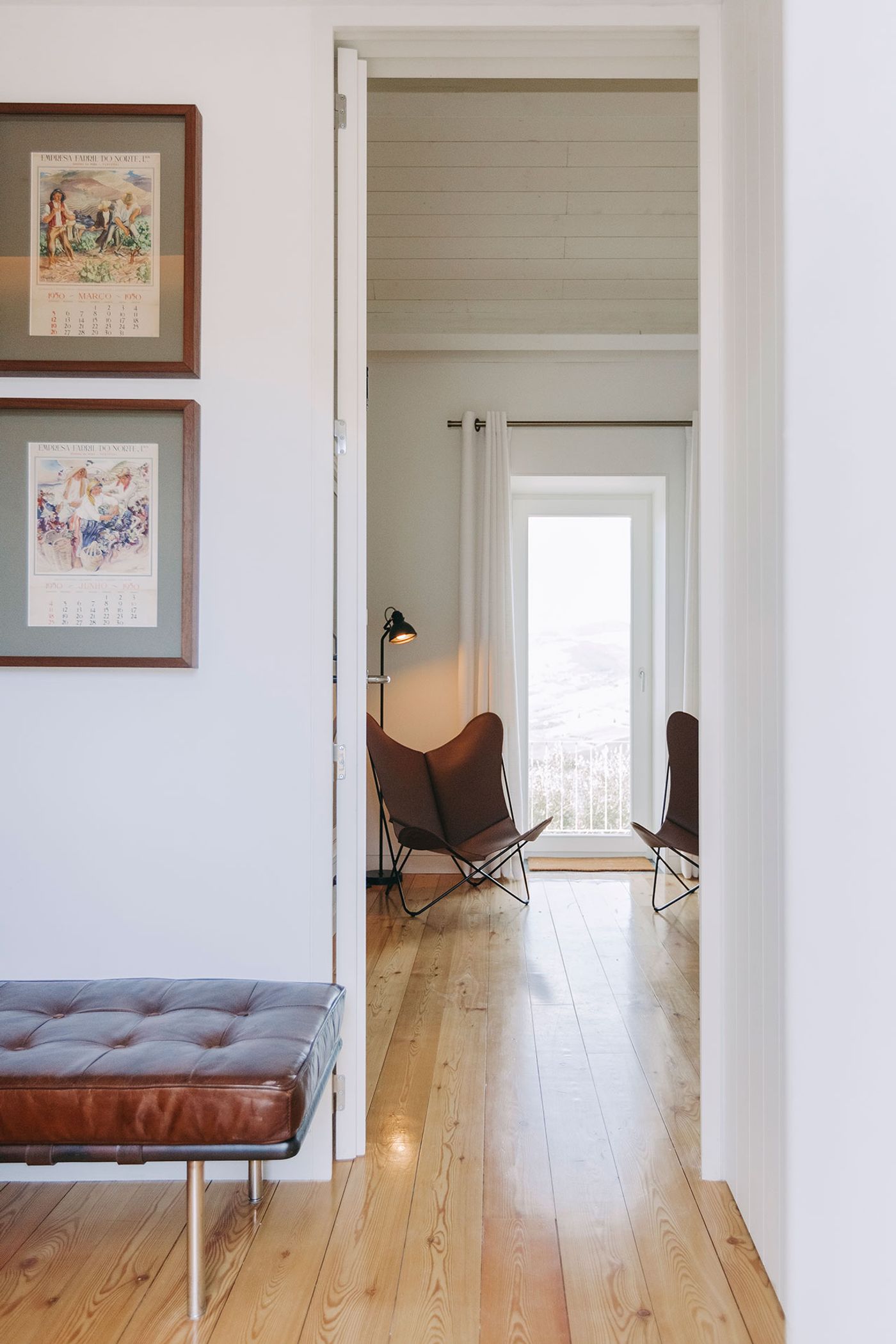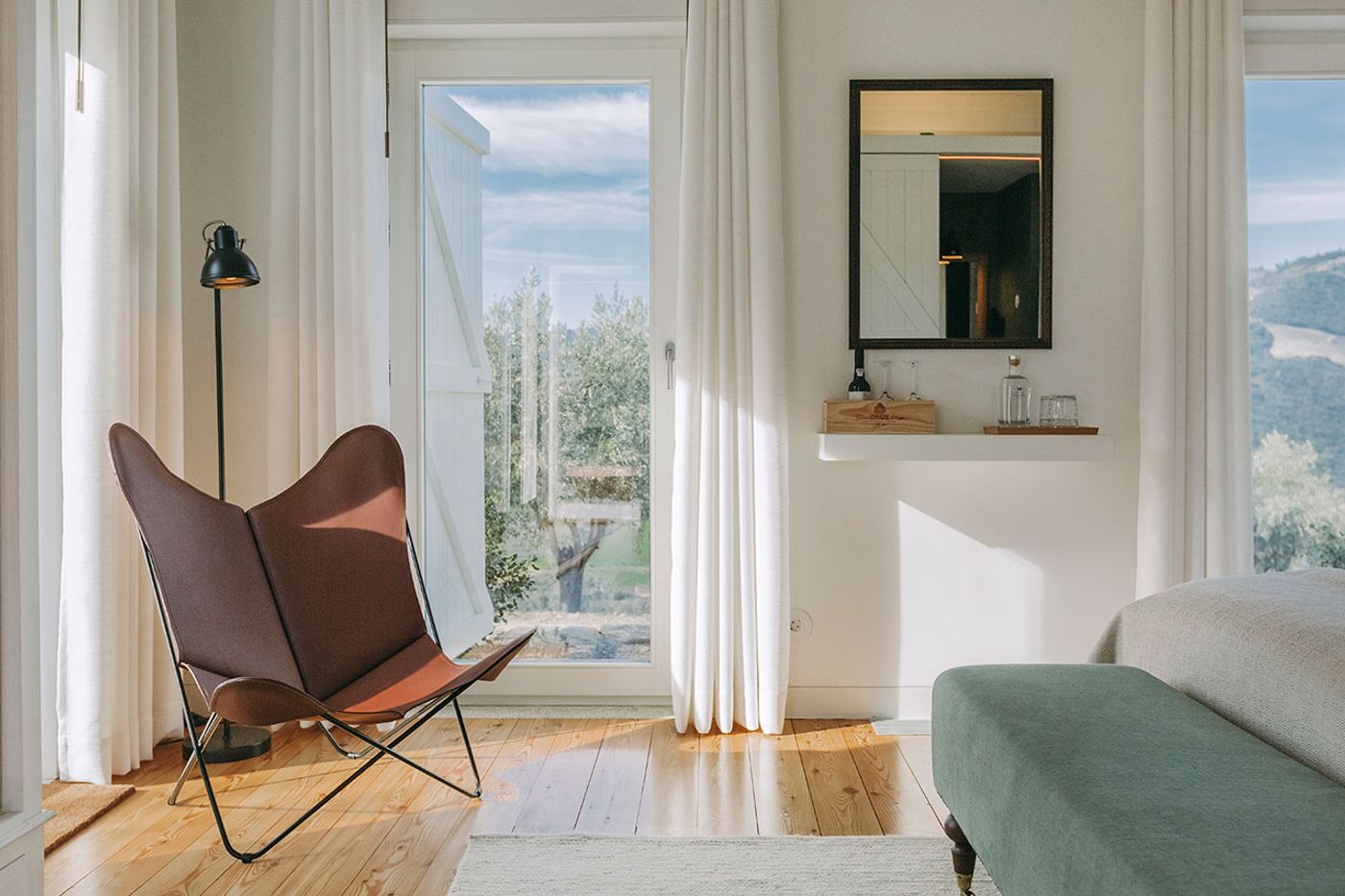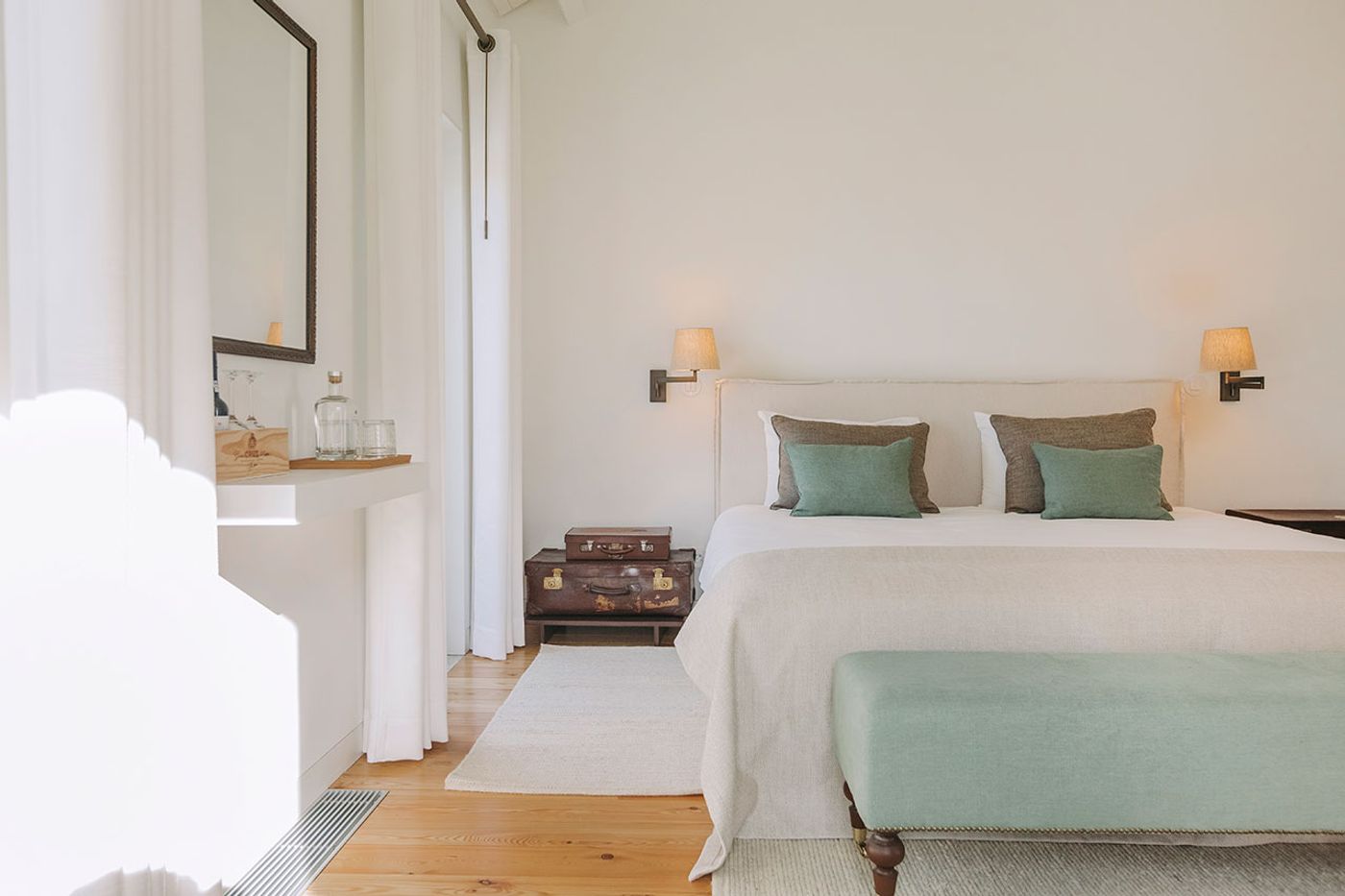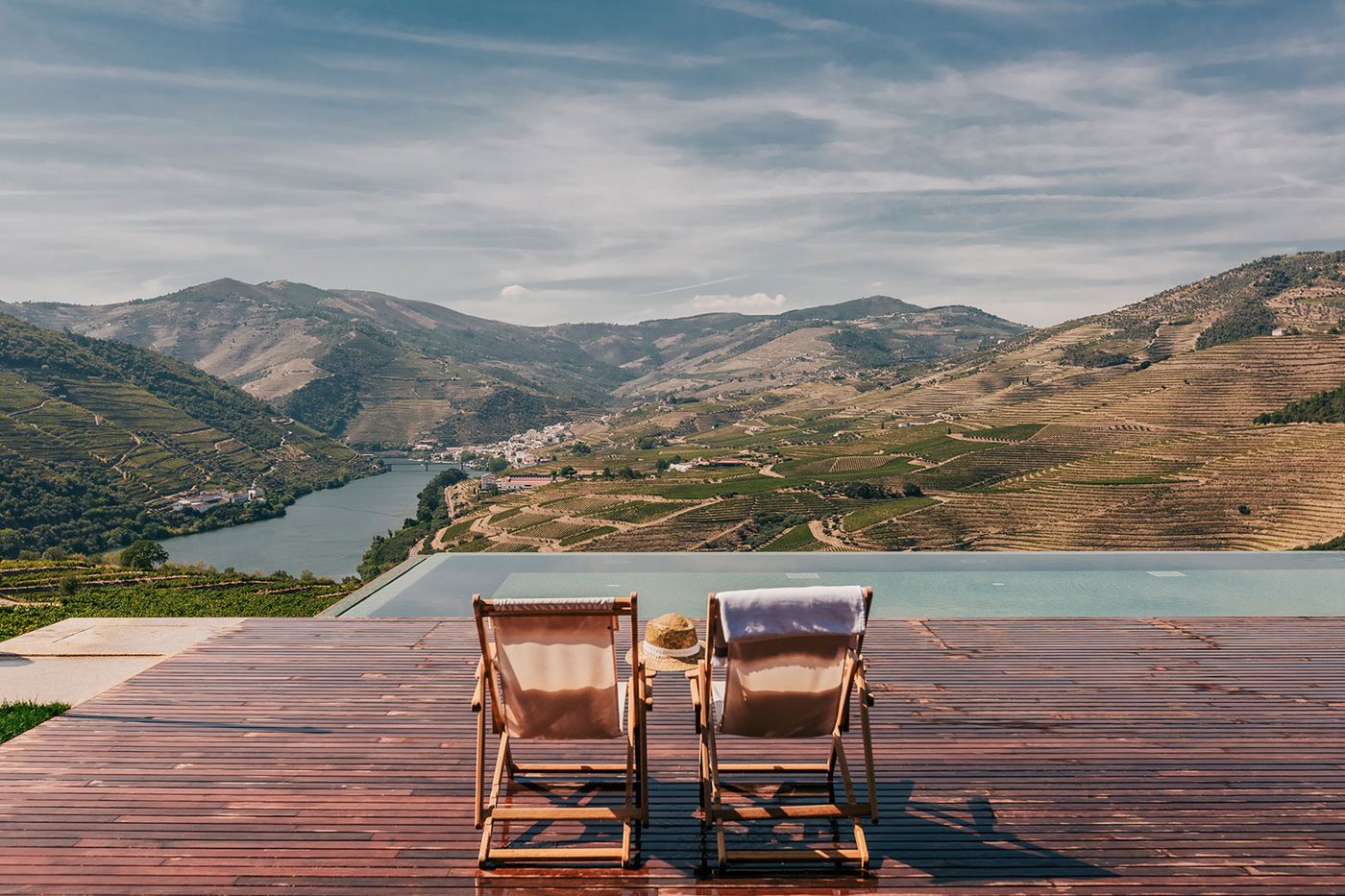
Ventozelo's Rural Hospitality Celebrates the Traditions, Flavours and Natural Beauty of the Douro Valley
Words by Eric David
Location
São João da Pesqueira, Portugal
Ventozelo's Rural Hospitality Celebrates the Traditions, Flavours and Natural Beauty of the Douro Valley
Words by Eric David
São João da Pesqueira, Portugal
São João da Pesqueira, Portugal
Location
If we had to pick one place to get away from it all, to put the annus horribilis that just ended behind us, the Douro valley, Portugal’s world-famous wine region, would be high on our list. Rolling hills covered in vineyards, orange groves and woodlands, and dotted with charming villages and age-old country estates called quintas, constitute, along with the river snaking its way between them, a serene setting of wild natural beauty. And if that wasn’t enough, there’s port, the sweet, fortified wine that has been produced here for thousands of years. Imagine yourself on the veranda of a traditional quinta sipping a glass of port wine while enjoying the sweeping views of the valley and you get the picture. In fact, you can do exactly that at Ventozelo, one of the biggest and oldest estates in the heart of the Upper Douro wine region that recently opened its doors to the public.
Thoroughly renovated with respect to its vernacular heritage, the farm has been converted into a rural hotel, complete with a restaurant, wine bar, visitors centre, and a grocery store selling local products including the estate’s own wines, olive oil and honey. With “the most beautiful pool in the Douro” to lounge by, numerous walking trails to enjoy nature on and a range of agricultural activities to participate in, Ventozelo’s hospitality combines comfort with authenticity, allowing guests to experience Douro’s traditions, flavours and natural beauty.
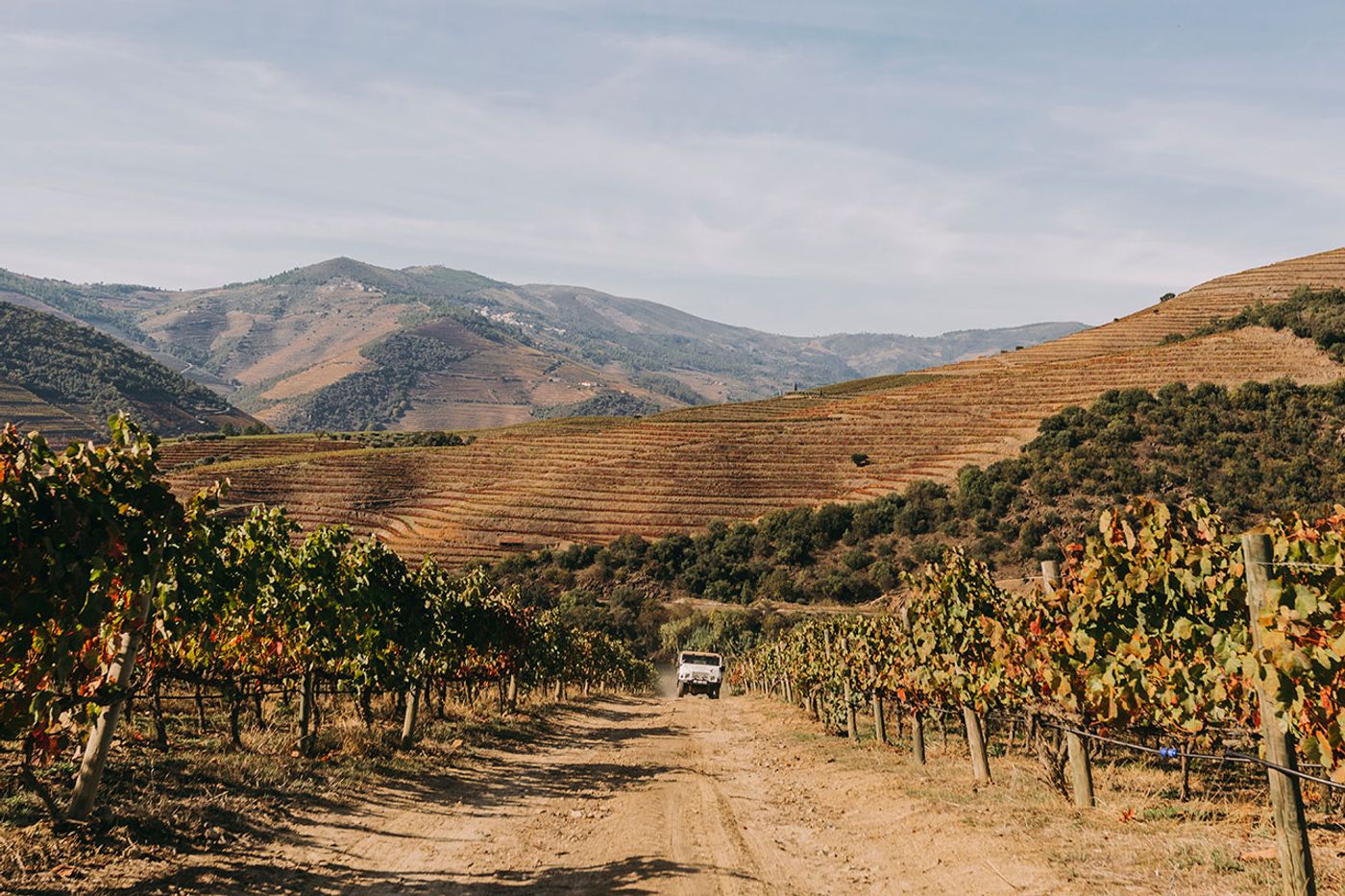
Photography © Ventozelo Hotel & Quinta
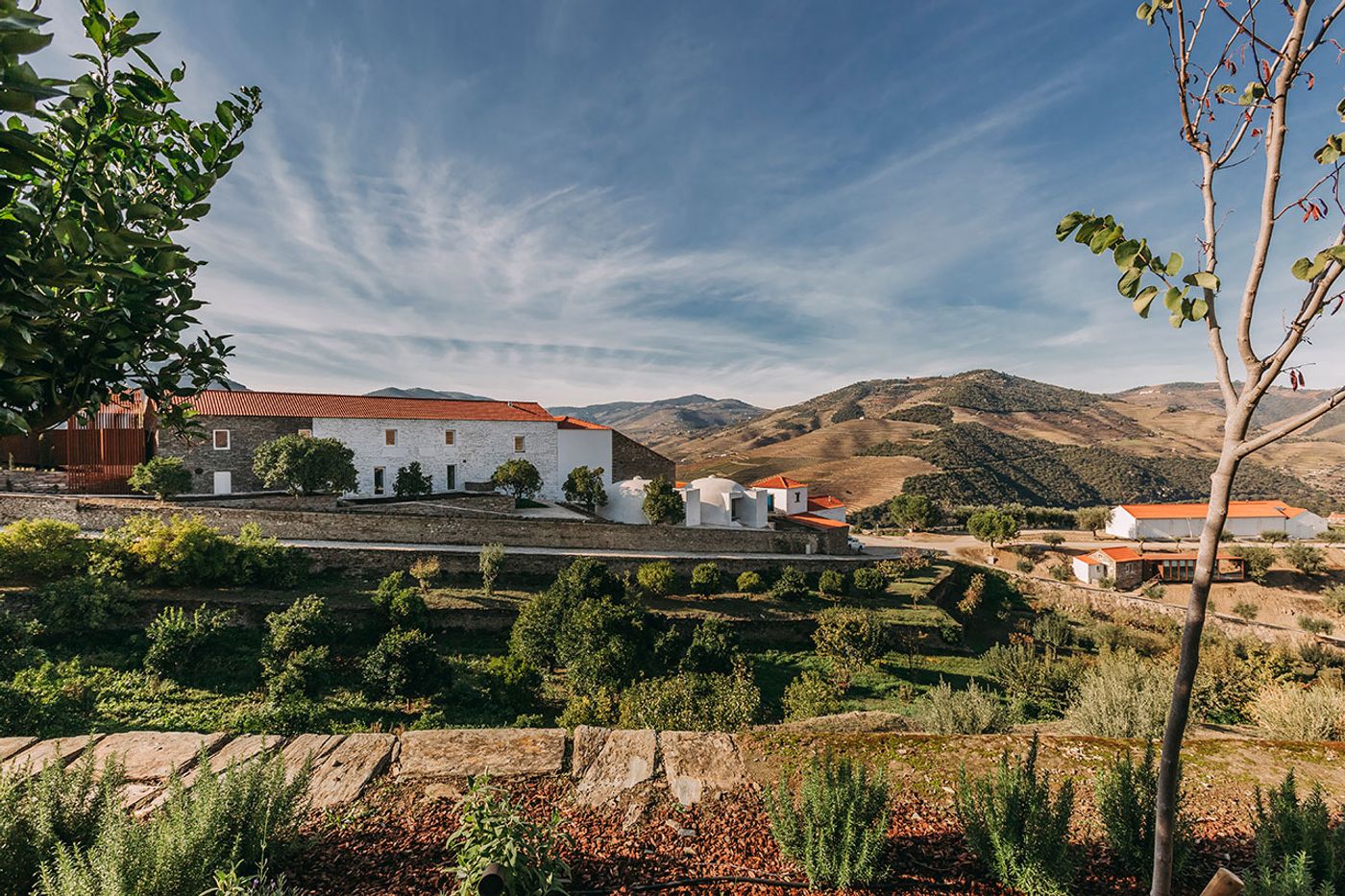
Photography © Ventozelo Hotel & Quinta

Photography © Ventozelo Hotel & Quinta
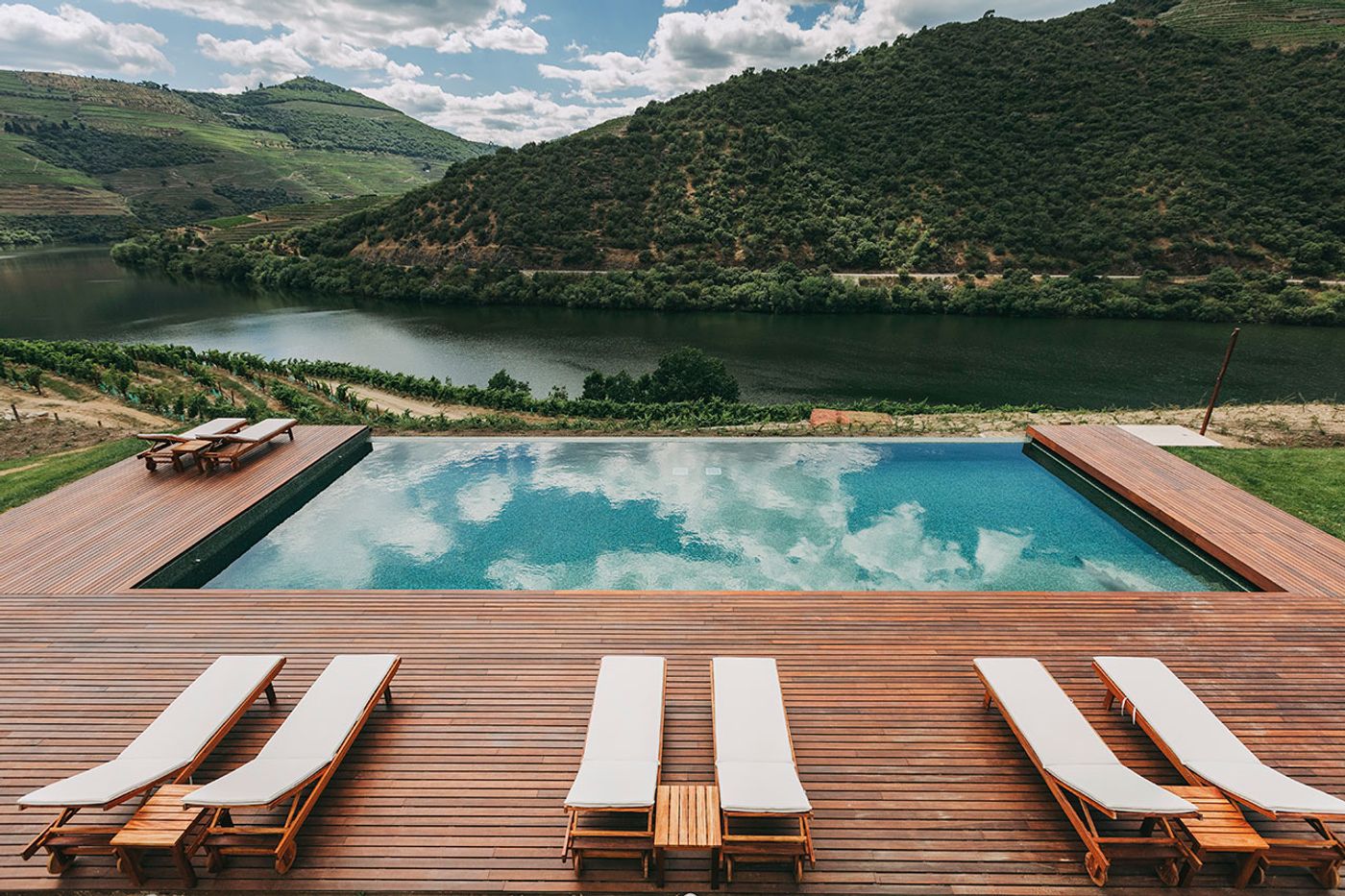
Photography © Ventozelo Hotel & Quinta
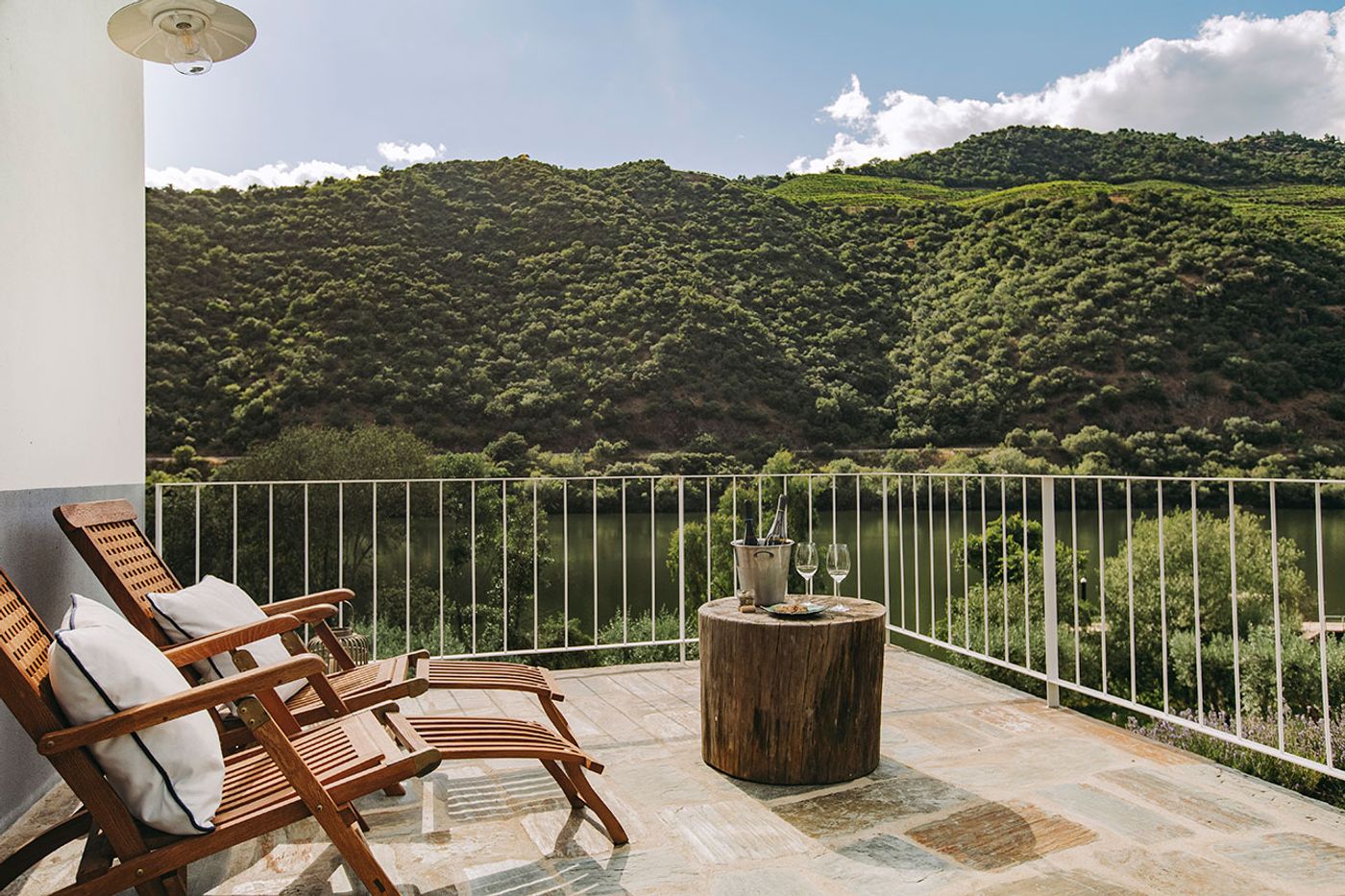
Photography © Ventozelo Hotel & Quinta
Carved by the Douro River and its tributaries, and moulded by local landowners that have been cultivating wine for some 2,000 years, the Douro Wine Region owes its astonishing beauty to the forces of nature as much as man’s ingenuity. Having been awarded with UNESCO World Heritage Status, the rural landscape is characterized by rows upon rows of narrower and wider terraced vineyards that line the hills as far as the eye can see – a reflection of the technological, social and economic evolution of the area. Primarily associated with port wine production, whose quality has been defined and regulated since the 18th century, making it the world's oldest regulated and demarcated wine region, the area is also known for its exquisite red and white table wines.
At the heart of such a picturesque and storied landscape, the renovation of 500-year-old Ventozelo estate by Gran Cruz, the world’s largest exporter of port wine who bought the 400 hectares property in 2014, was undertaken not only as an investment in wine production, but also as a hospitality project with the intention of showcasing the landscape, history and gastronomy of the Douro region.

Photography © Ventozelo Hotel & Quinta
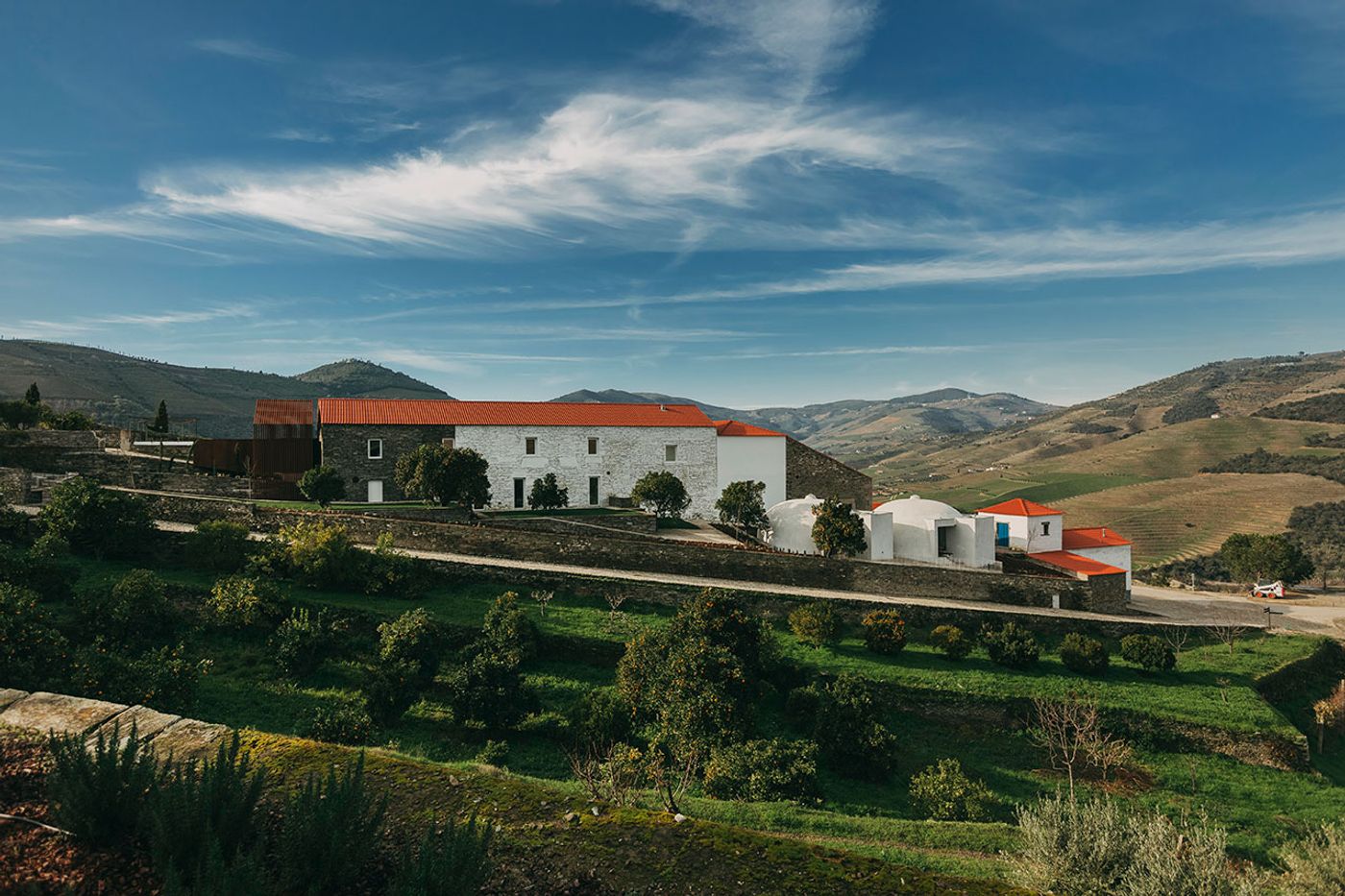
Photography © Ventozelo Hotel & Quinta
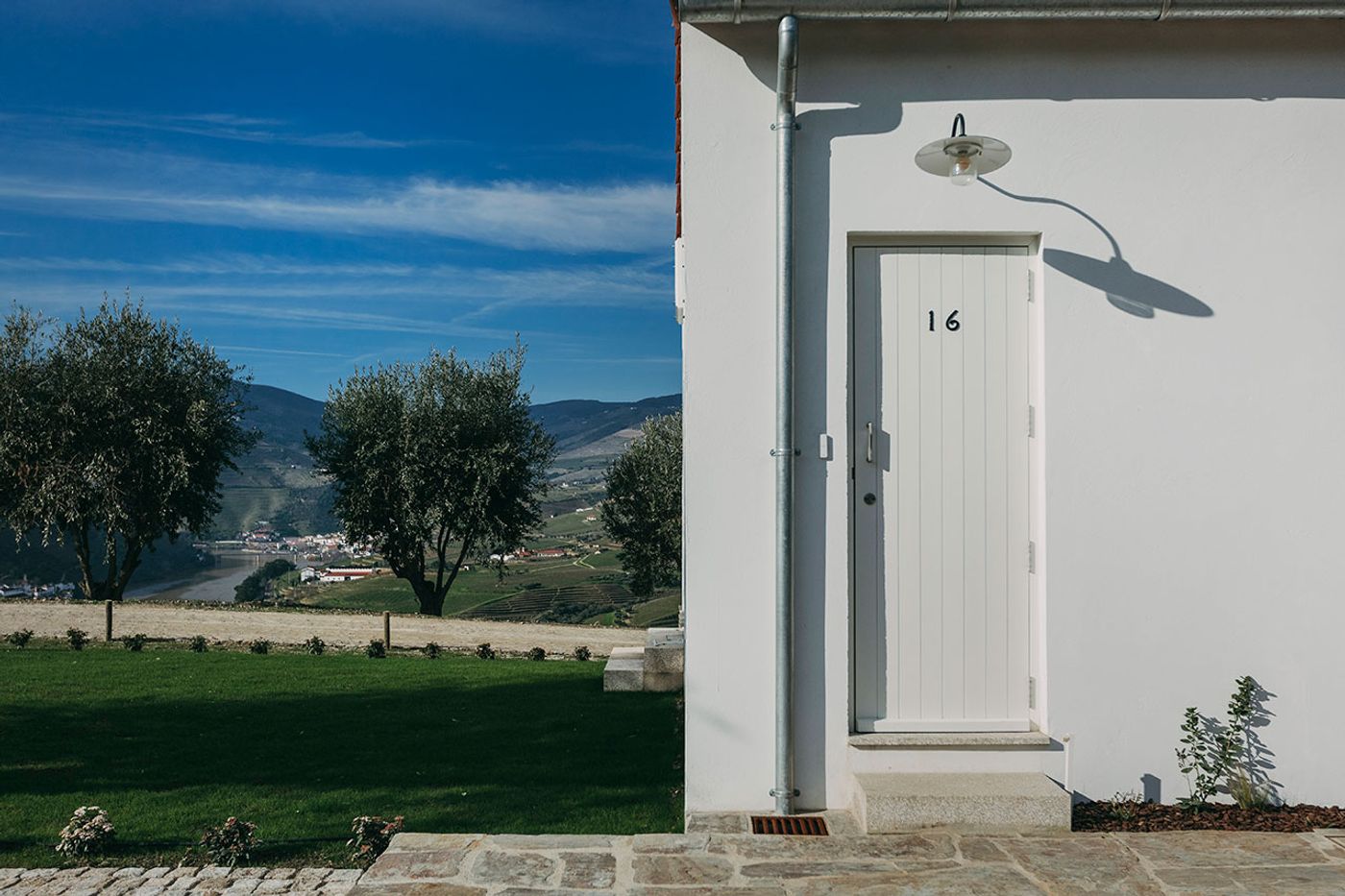
Photography © Ventozelo Hotel & Quinta

Photography © Ventozelo Hotel & Quinta
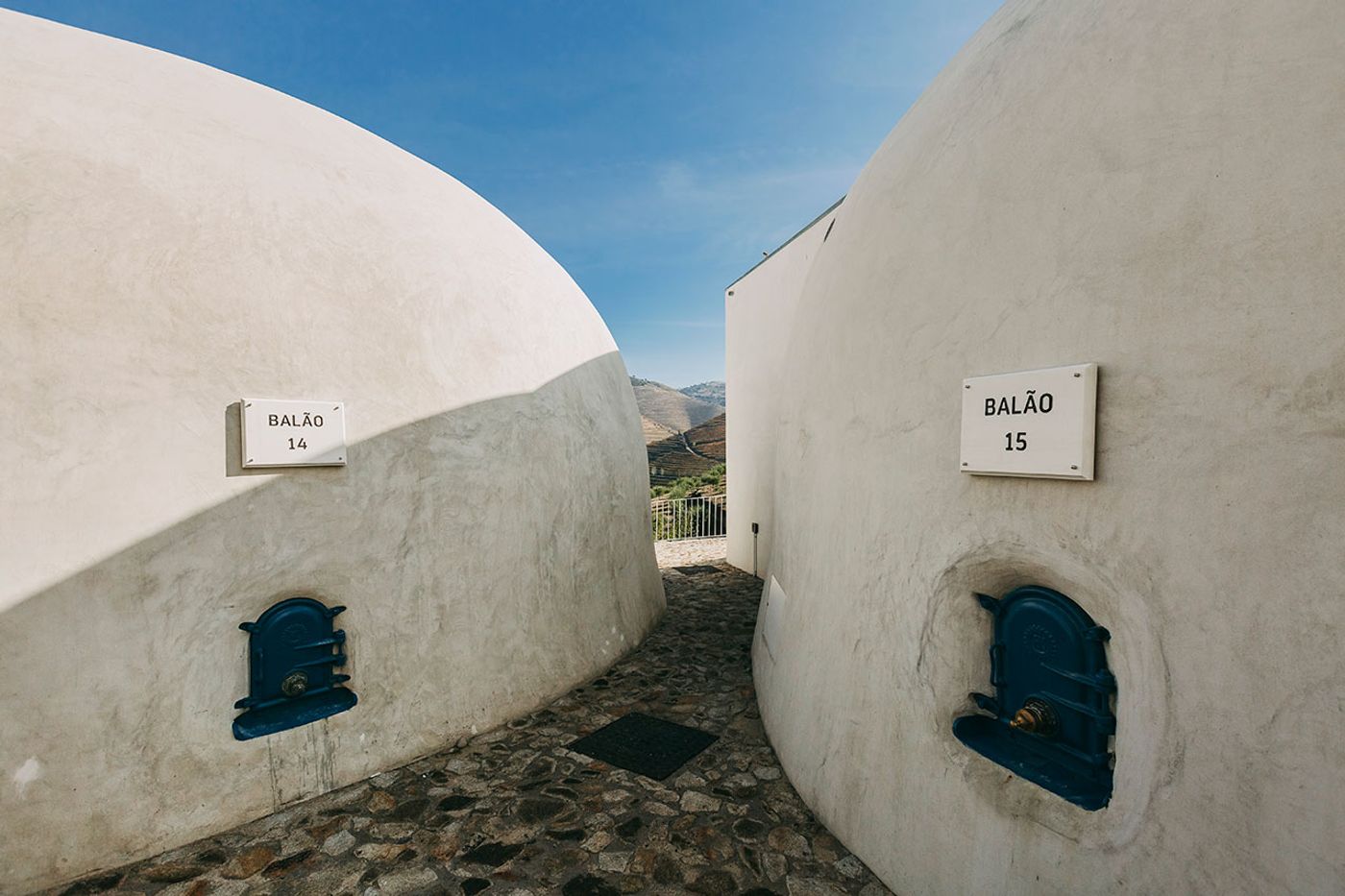
Photography © Ventozelo Hotel & Quinta
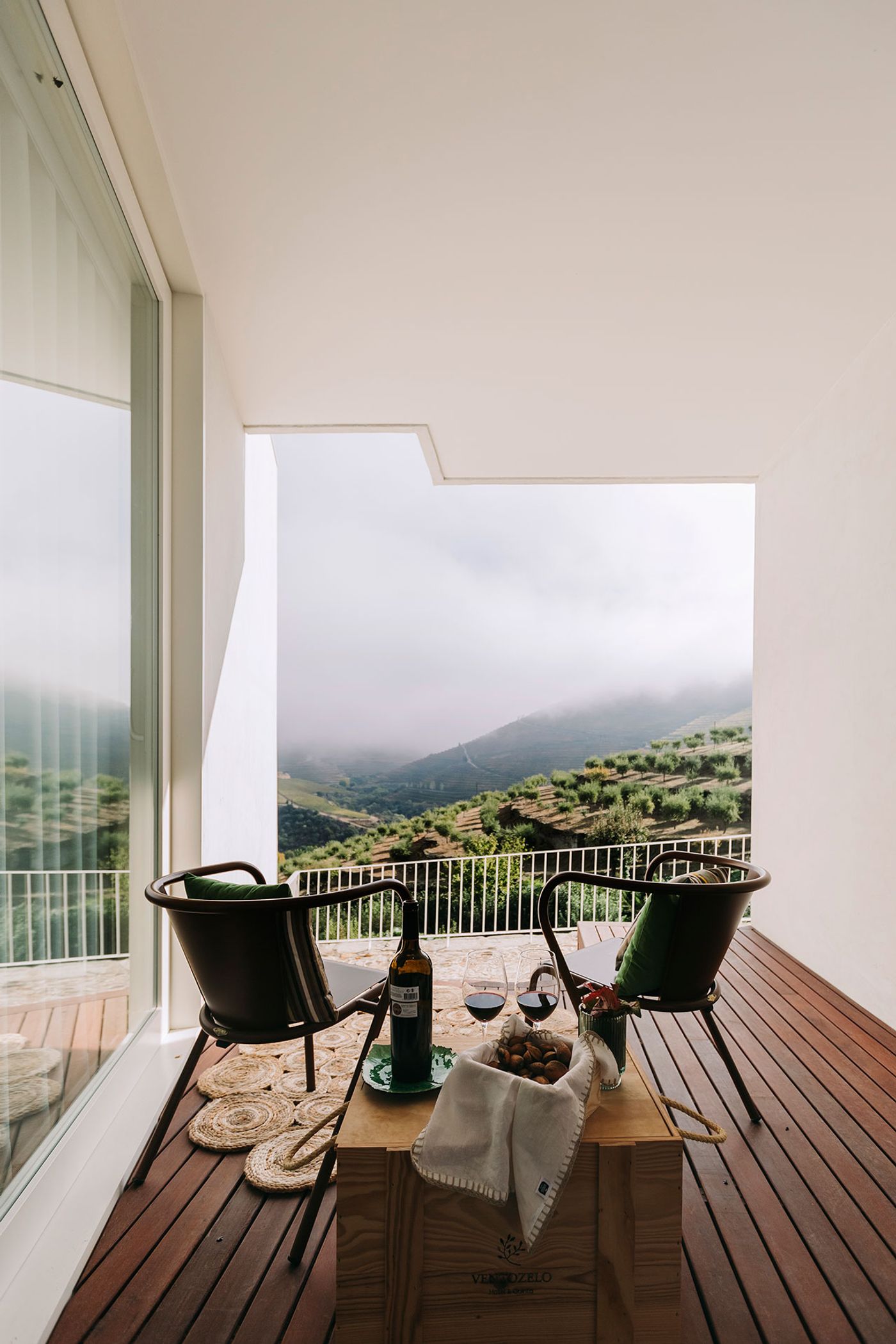
Photography © Ventozelo Hotel & Quinta

Photography © Ventozelo Hotel & Quinta

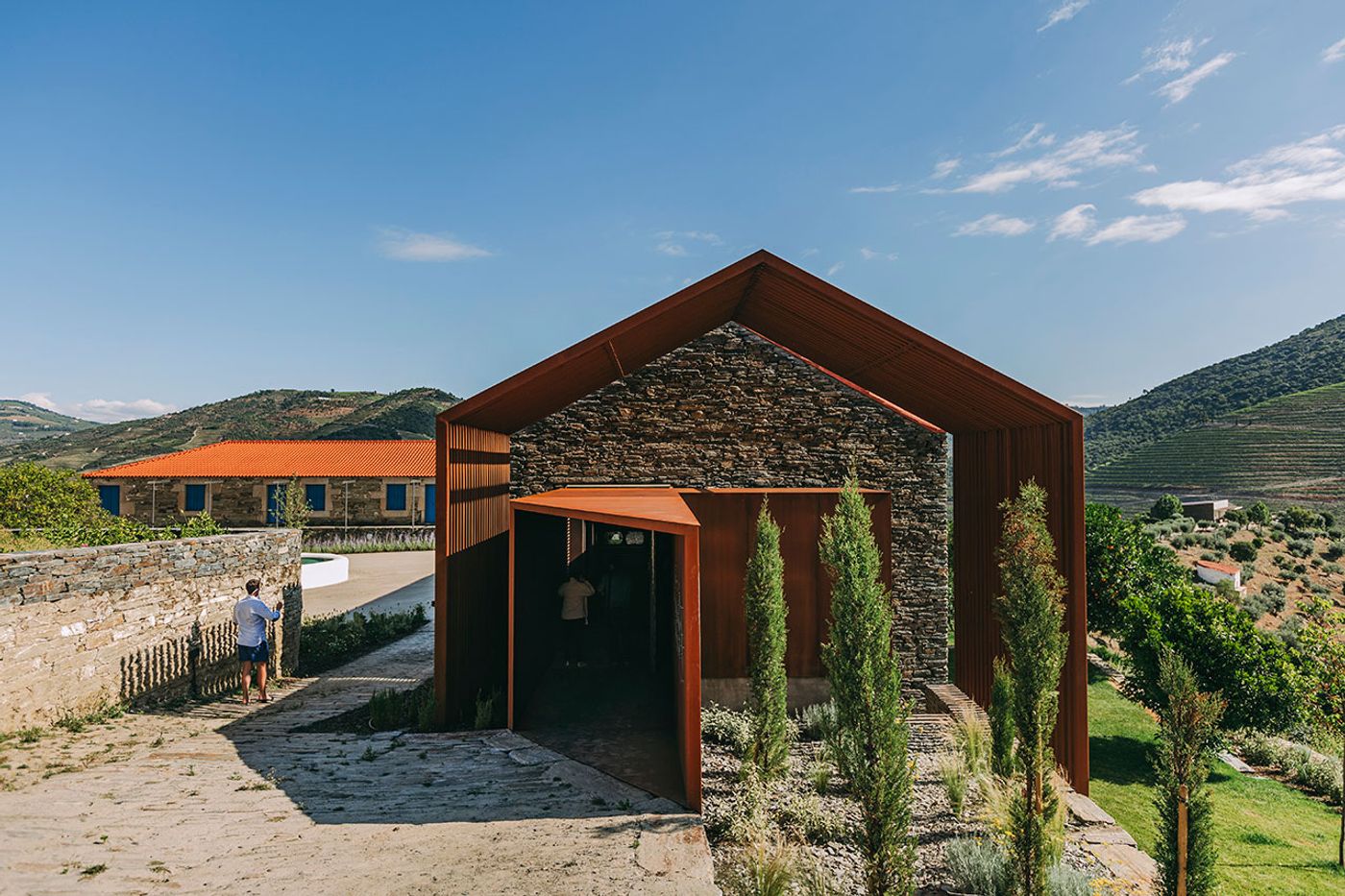
Photography © Ventozelo Hotel & Quinta
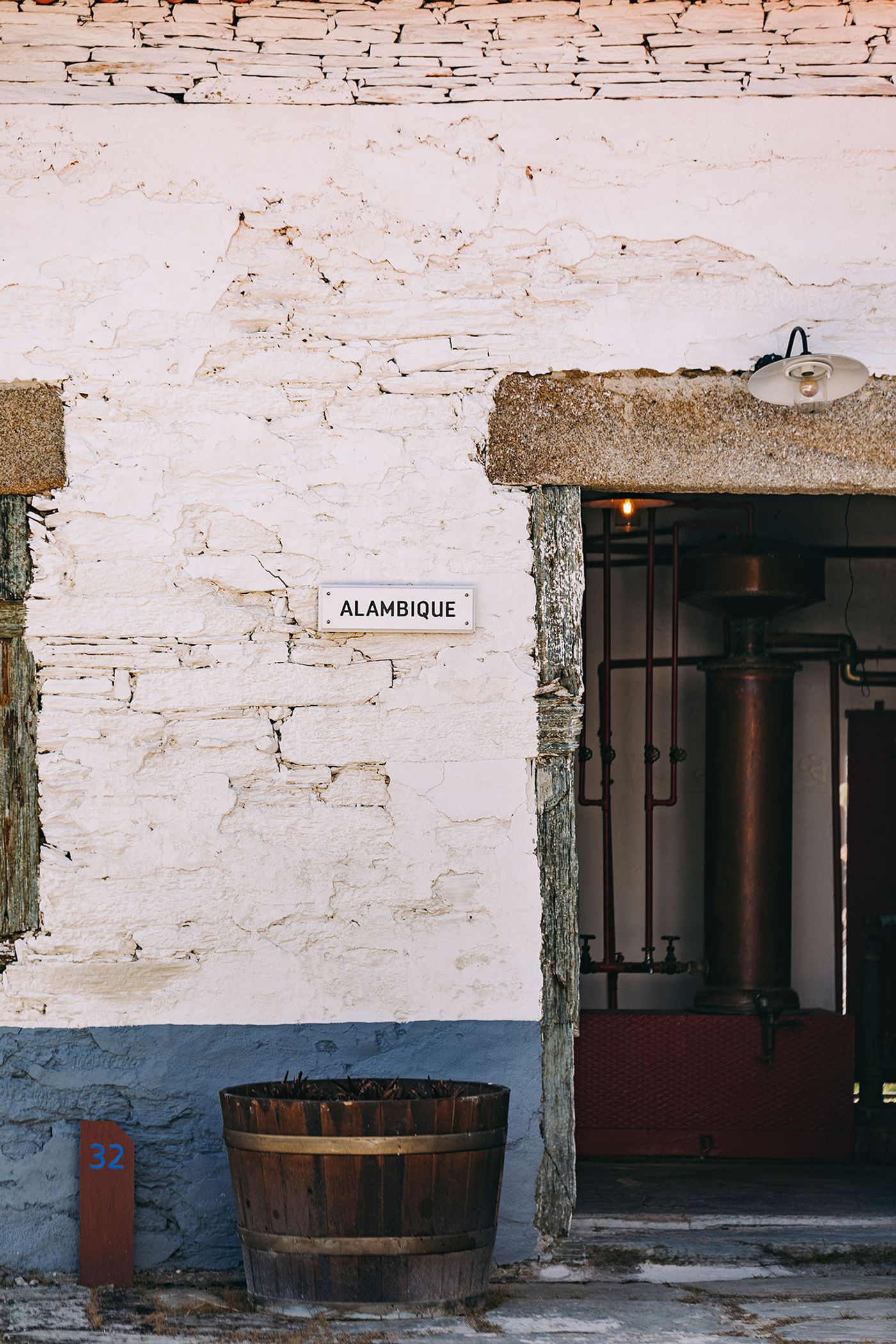
Photography © Ventozelo Hotel & Quinta
Four years and €7 million later, the revamped Ventozelo celebrates its ancestral qualities and agricultural heritage by breathing new life into the centuries-old buildings which have been thoughtfully restored by architect Carlos Santelmo of local practice Santelmo & Pereira, without disturbing the landscape. The interchange of exposed masonry and whitewashed walls, along with red-tiled roofs, and vibrantly painted wooden doors and windows make for a picturesque rural setting that celebrates the estate’s history as well as the local vernacular, while newly-built additions of contemporary simplicity harmoniously blend in despite the intentional use of different materials such as weathered steel and timber boards.
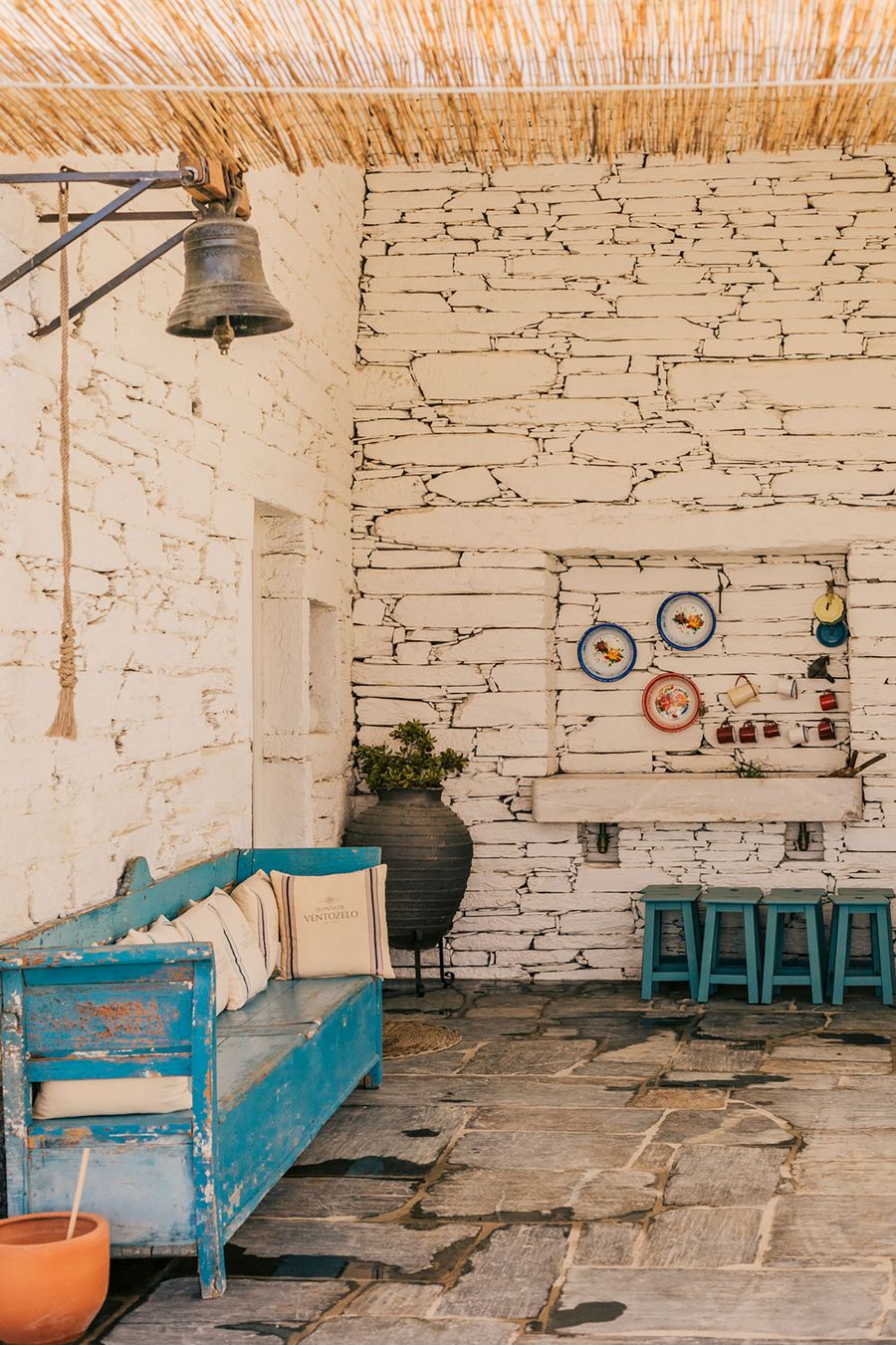
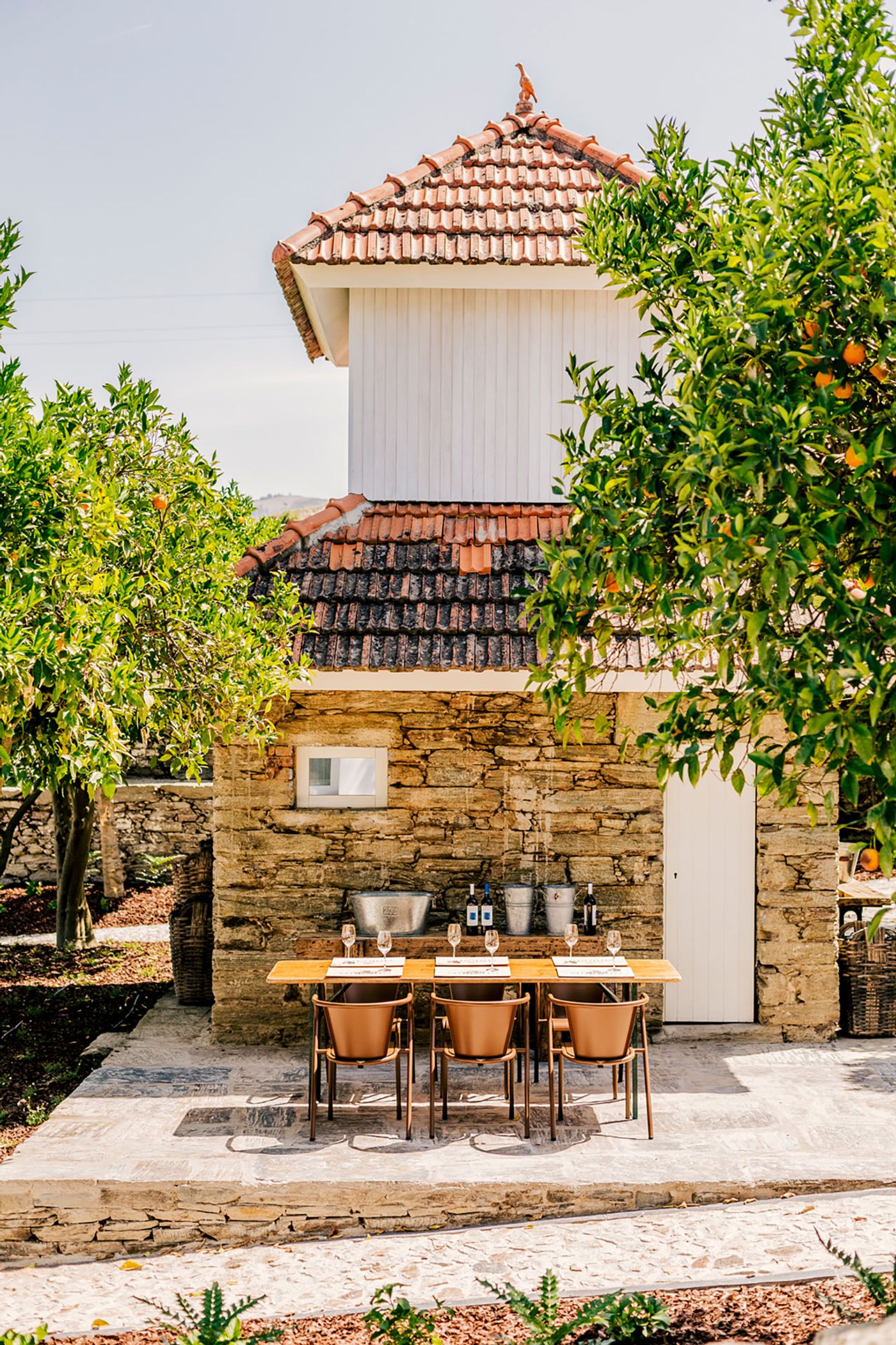
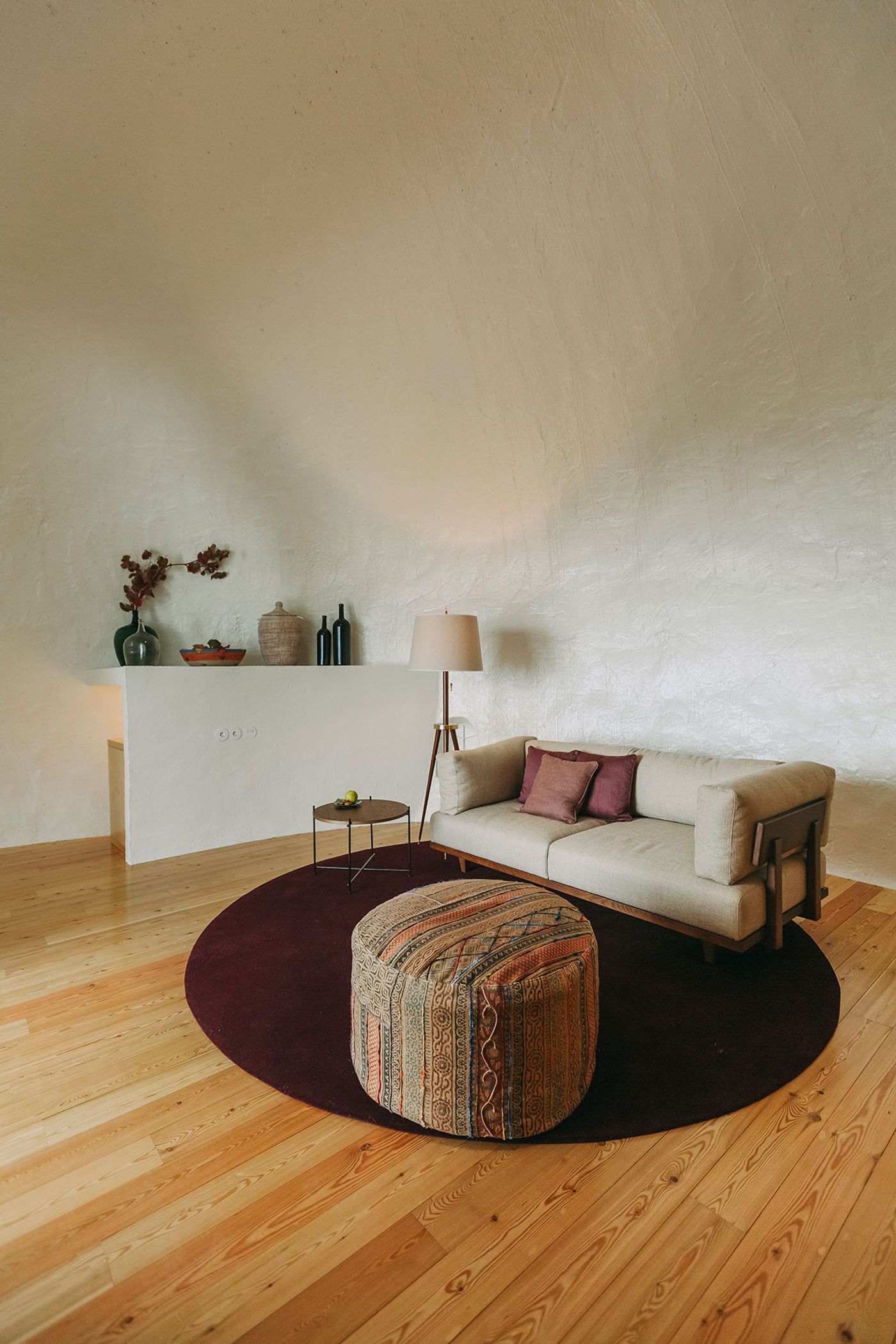
Photography © Ventozelo Hotel & Quinta
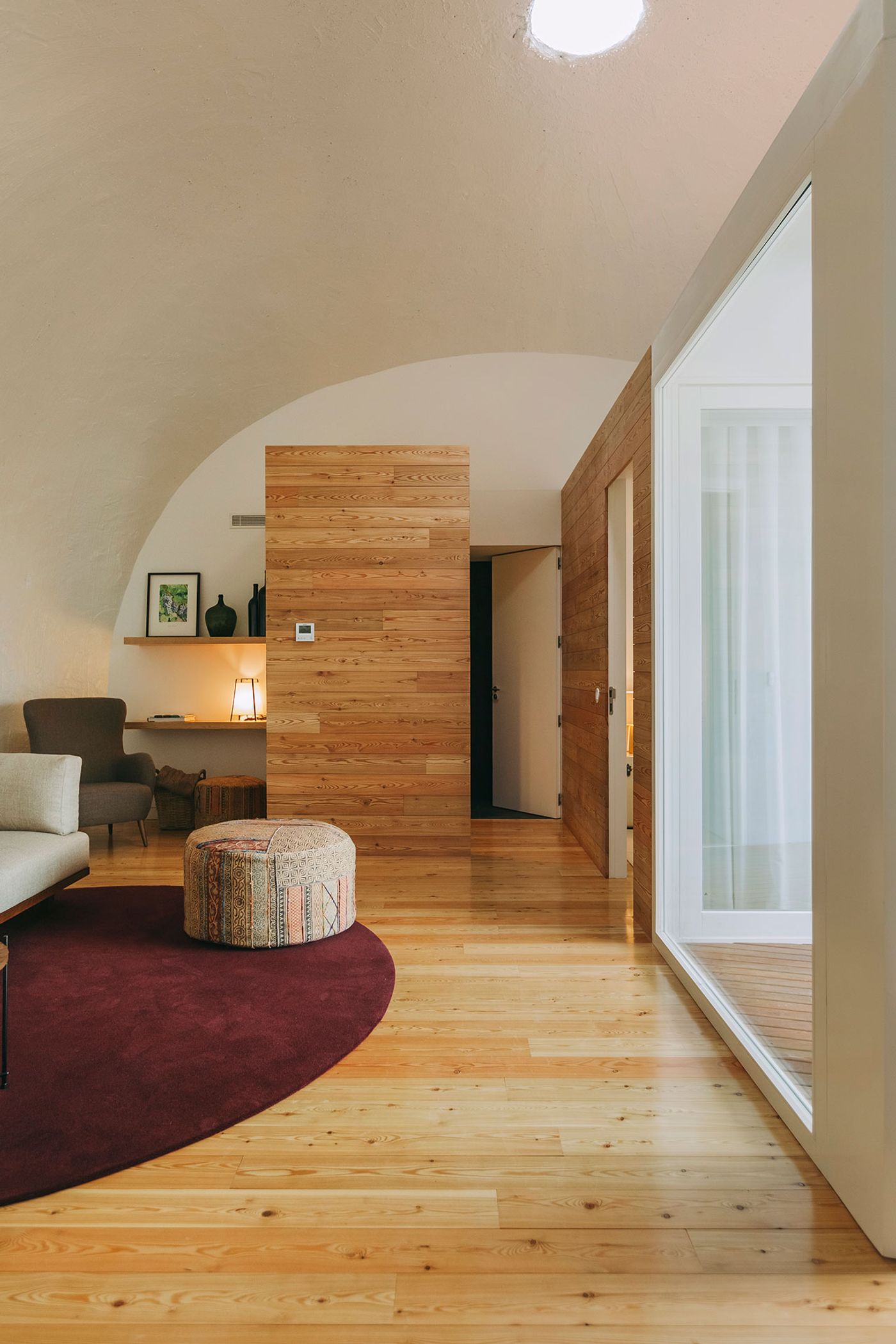
The light-touch approach to the renovation extends to the interior design, courtesy of Cristina Caiano and NBY Concept and Project, who have conjured a vernacular charm with contemporary sophistication with the aim of making guests feel like they’re staying in an authentic farmhouse. Spread across seven buildings, Ventozelo’s 29 rooms vary in configuration and design depending on the location, from the 18th century “Casa do Feitor” (the caretaker’s house) which enjoys views to the river, to the barn overlooking the orange grove and the dormitories where seasonal farm workers once slept – as documented by the photos by Domingos Alvão hanging in the building’s shared lounge – to the tool shed that has been transformed into a romantic abode and the two domed wine storage tanks or balões that now house spacious suites. Undoubtedly, the grandest of the estate’s buildings is, as the name suggests, the Casa Grande, housing six superior double rooms, a library, dining room, kitchen and a stunning infinity pool overlooking the Douro.
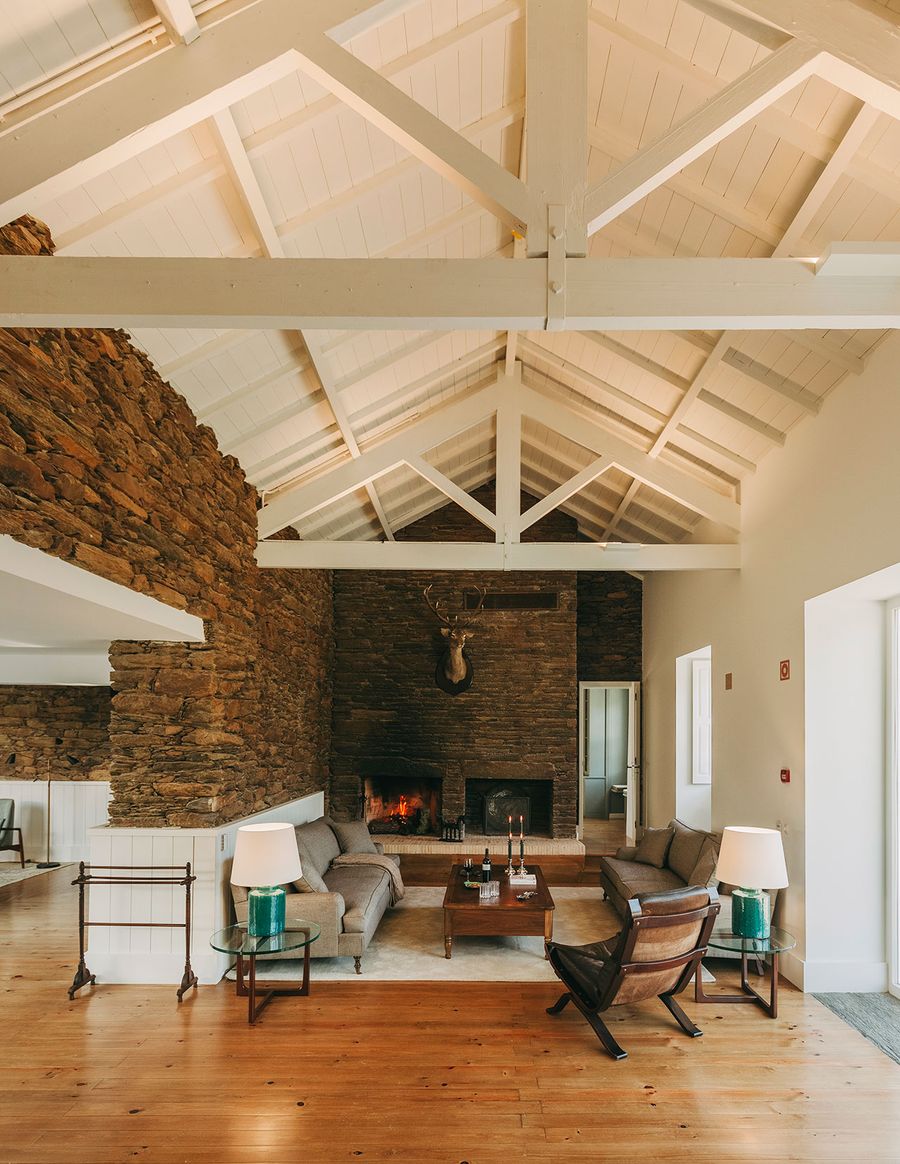
Photography © Ventozelo Hotel & Quinta
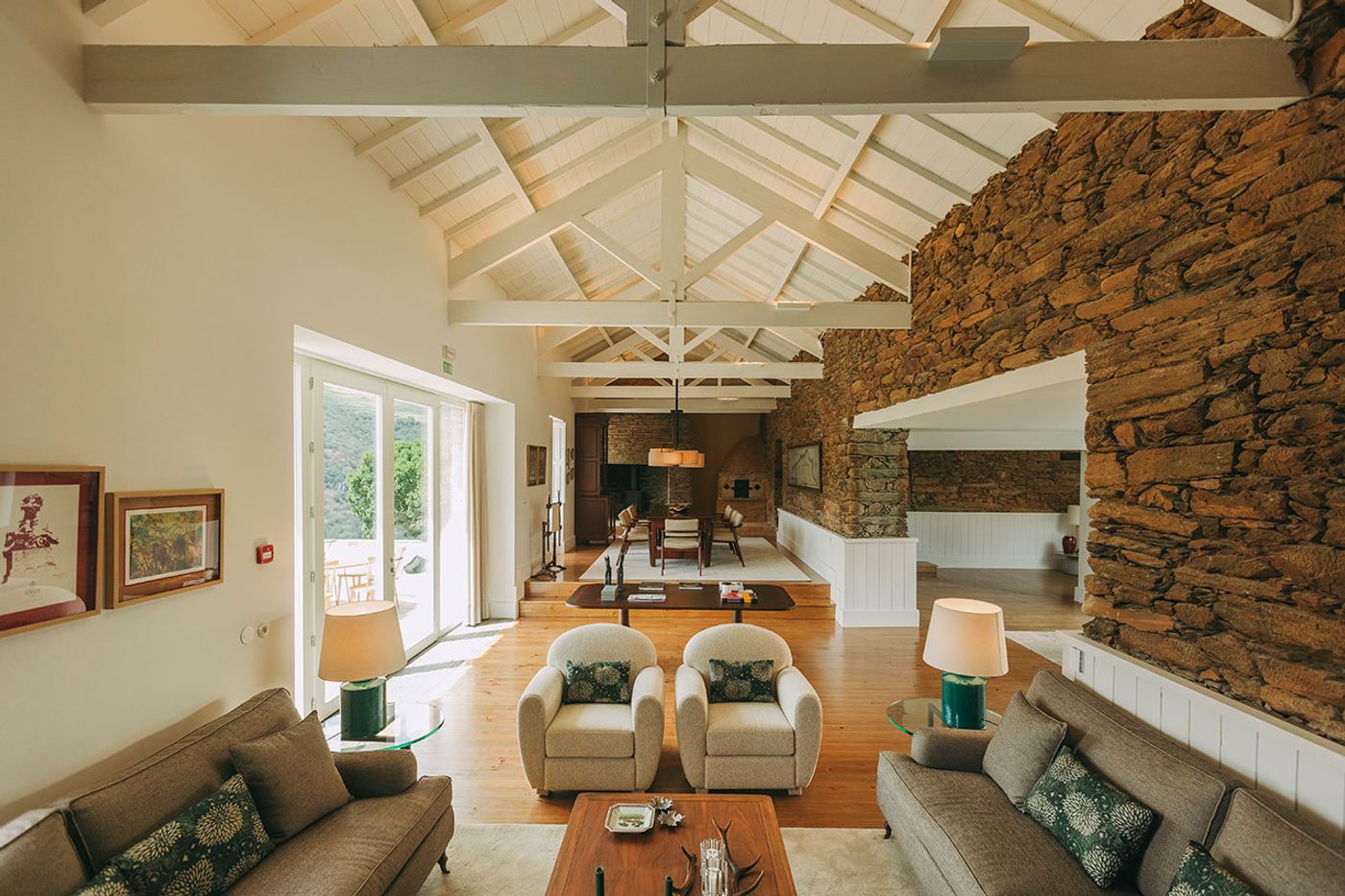
Photography © Ventozelo Hotel & Quinta
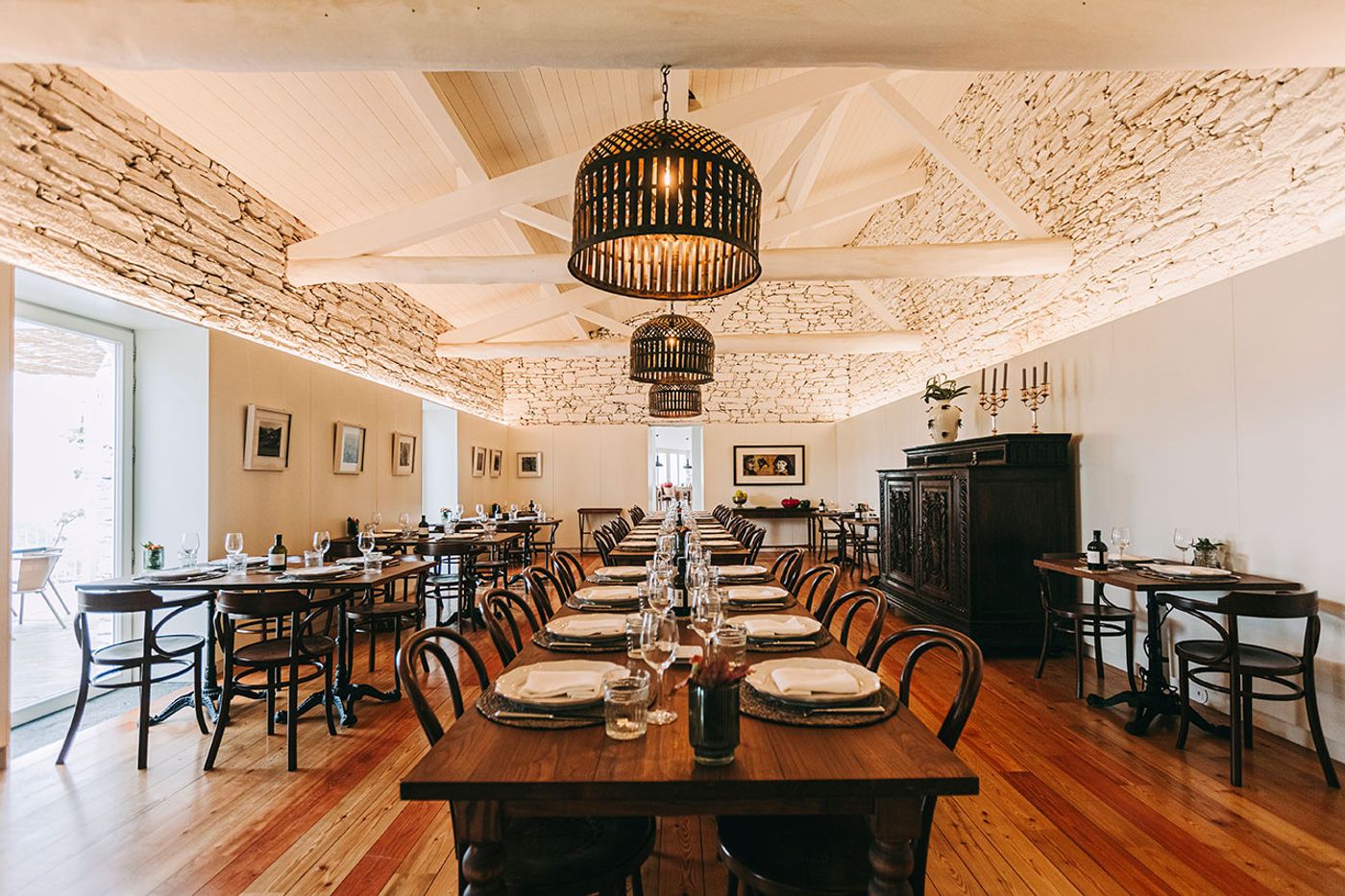
Photography © Ventozelo Hotel & Quinta
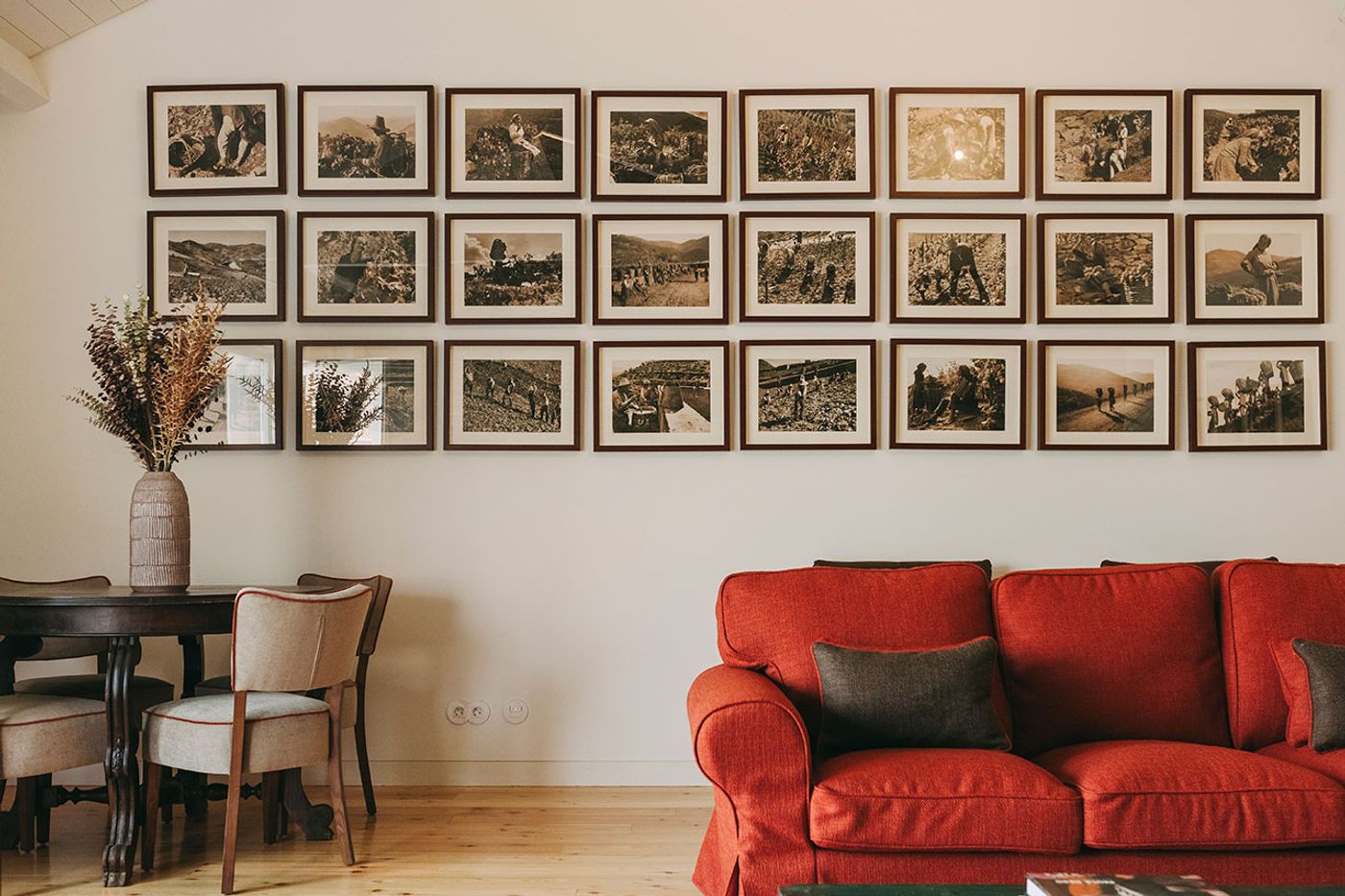
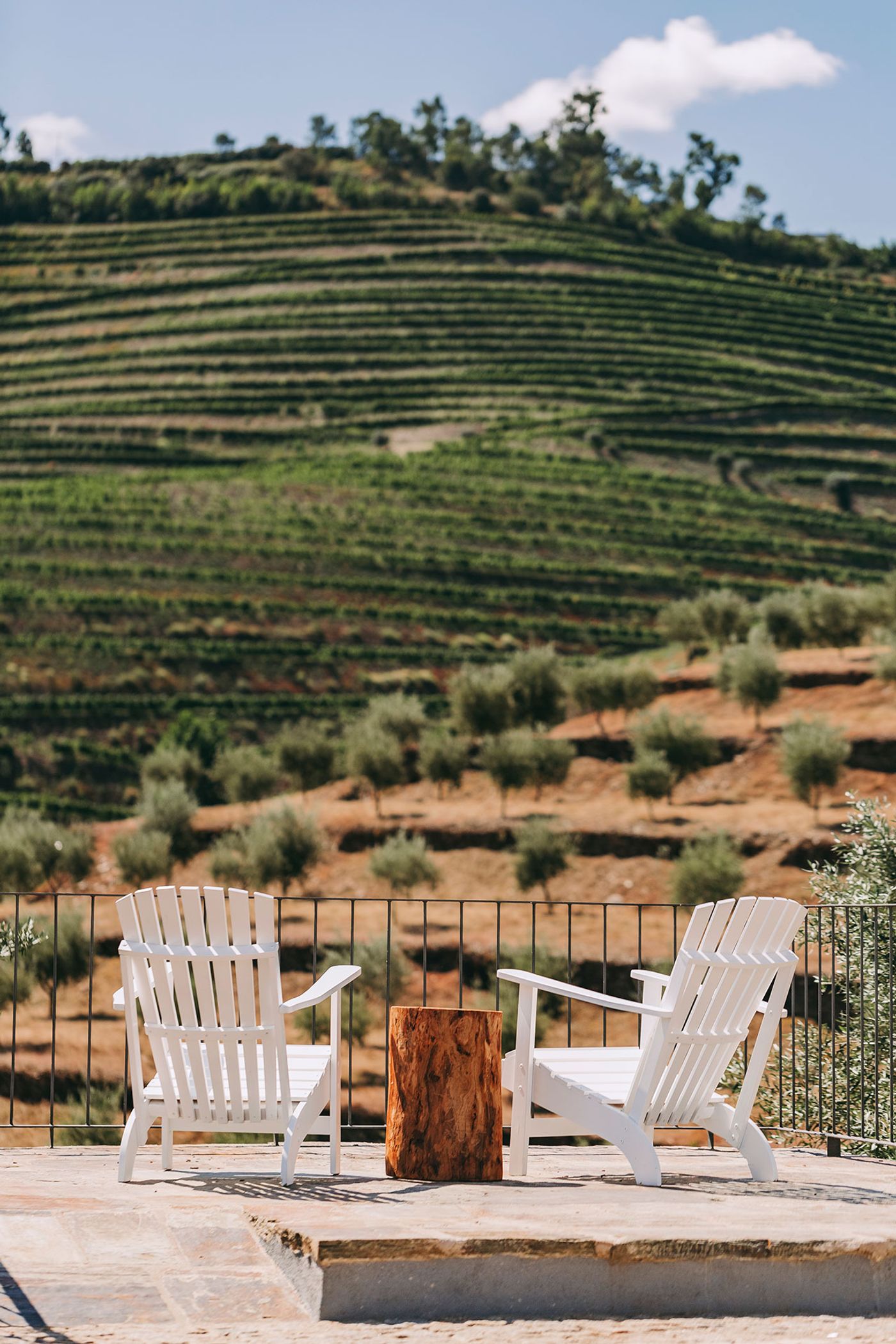
Photography © Ventozelo Hotel & Quinta
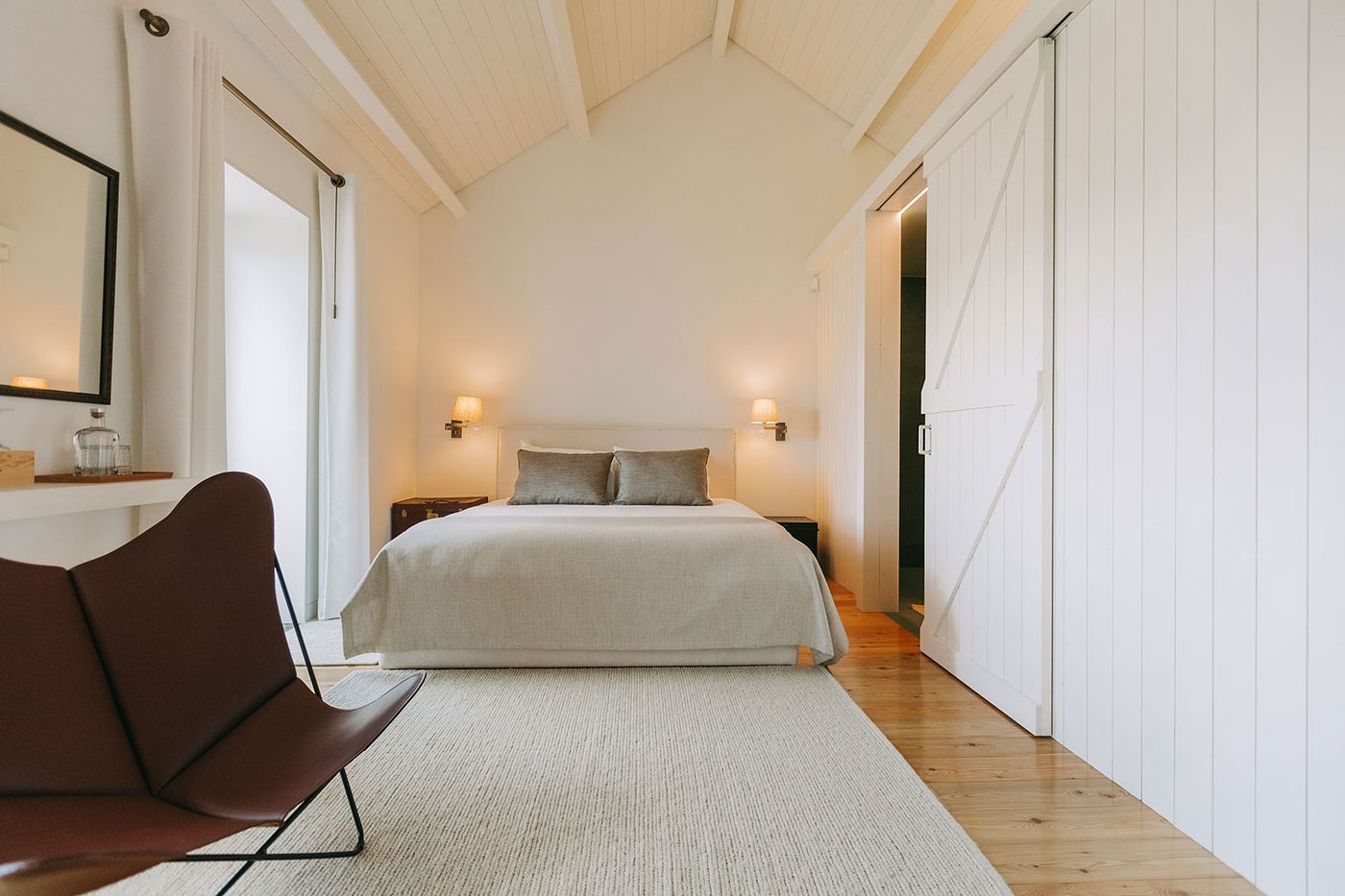
Photography © Ventozelo Hotel & Quinta
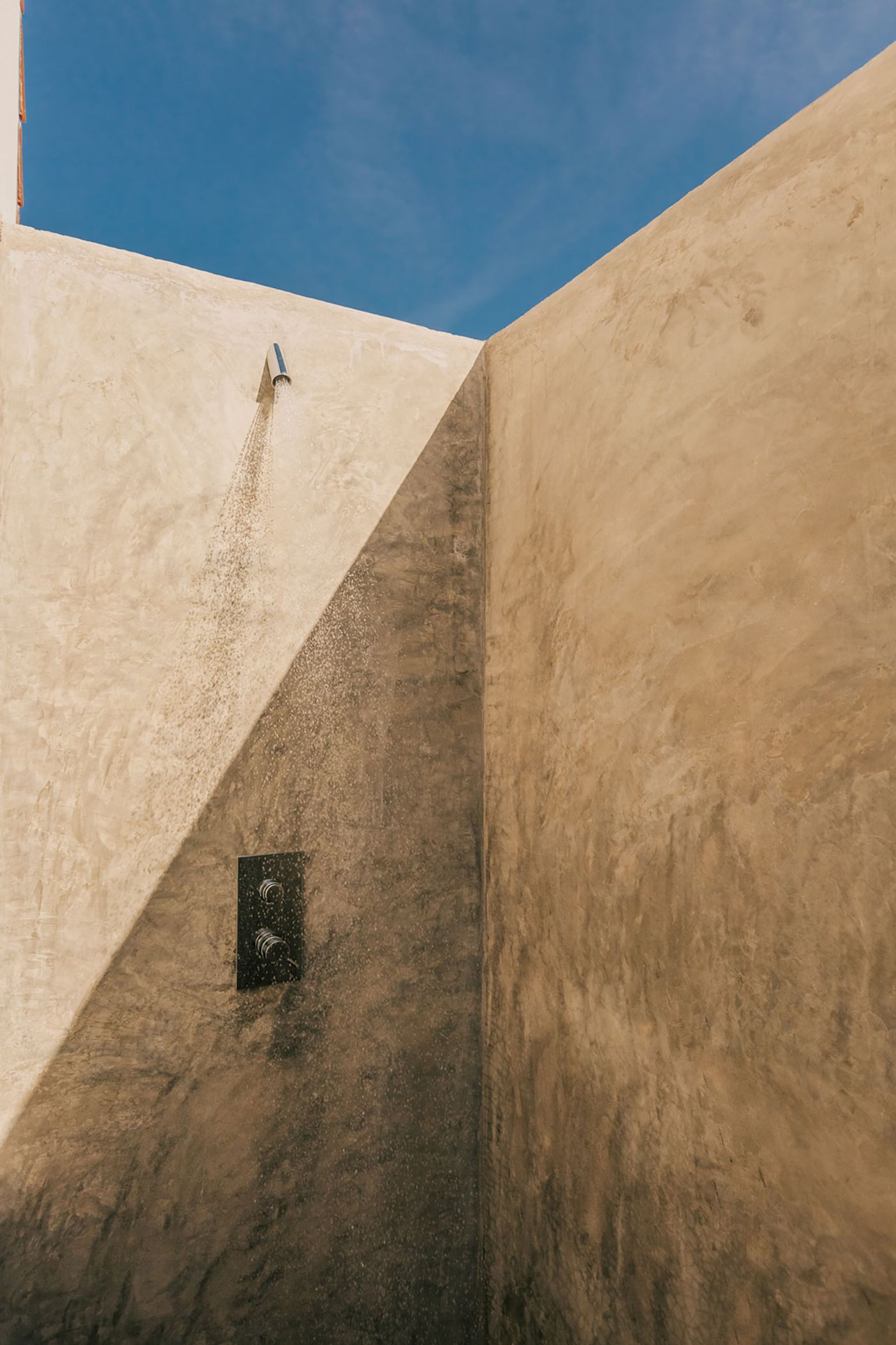
Photography © Ventozelo Hotel & Quinta
With its own winery, olive oil presses, orchards, vegetable and herb garden, it would have been madness not to provide a restaurant for guests and visitors to enjoy the regional cuisine prepared with fresh, local produce. Housed in the former workers’ dining hall, Cantina de Ventozelo does exactly that with the help of Chef Miguel Castro e Silva who combines traditional recipes with new techniques for a lunch menu inspired by the comfort food that used to nourish farm workers during the olden days, and a more refined dinner menu that can be paired with Ventozelo’s own Douro and port wines.
The farm experience wouldn’t be complete without a hearty breakfast, which includes bread freshly baked in the wood-fired oven and juice made from the quinta’s oranges. For those seeking a more hands-on introduction to the estate’s agricultural heritage, there’s always the chance to participate in the grapes and olive harvests. Then again, if you were to ask us, no farm activity comes close to the sublime pleasure of sipping a glass of port wine with sublime views over the Douro valley stretching out at your feet.
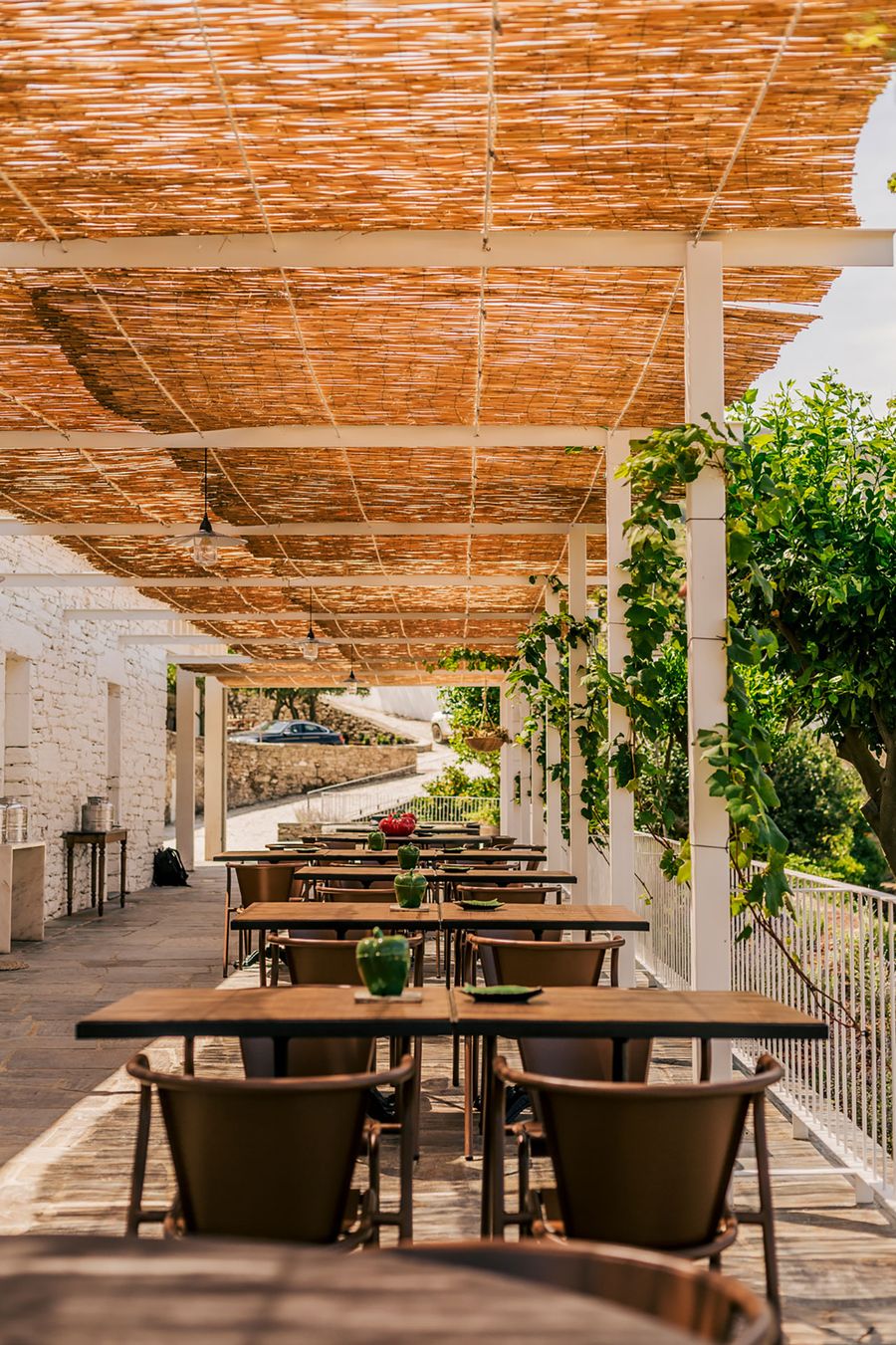
Photography © Ventozelo Hotel & Quinta
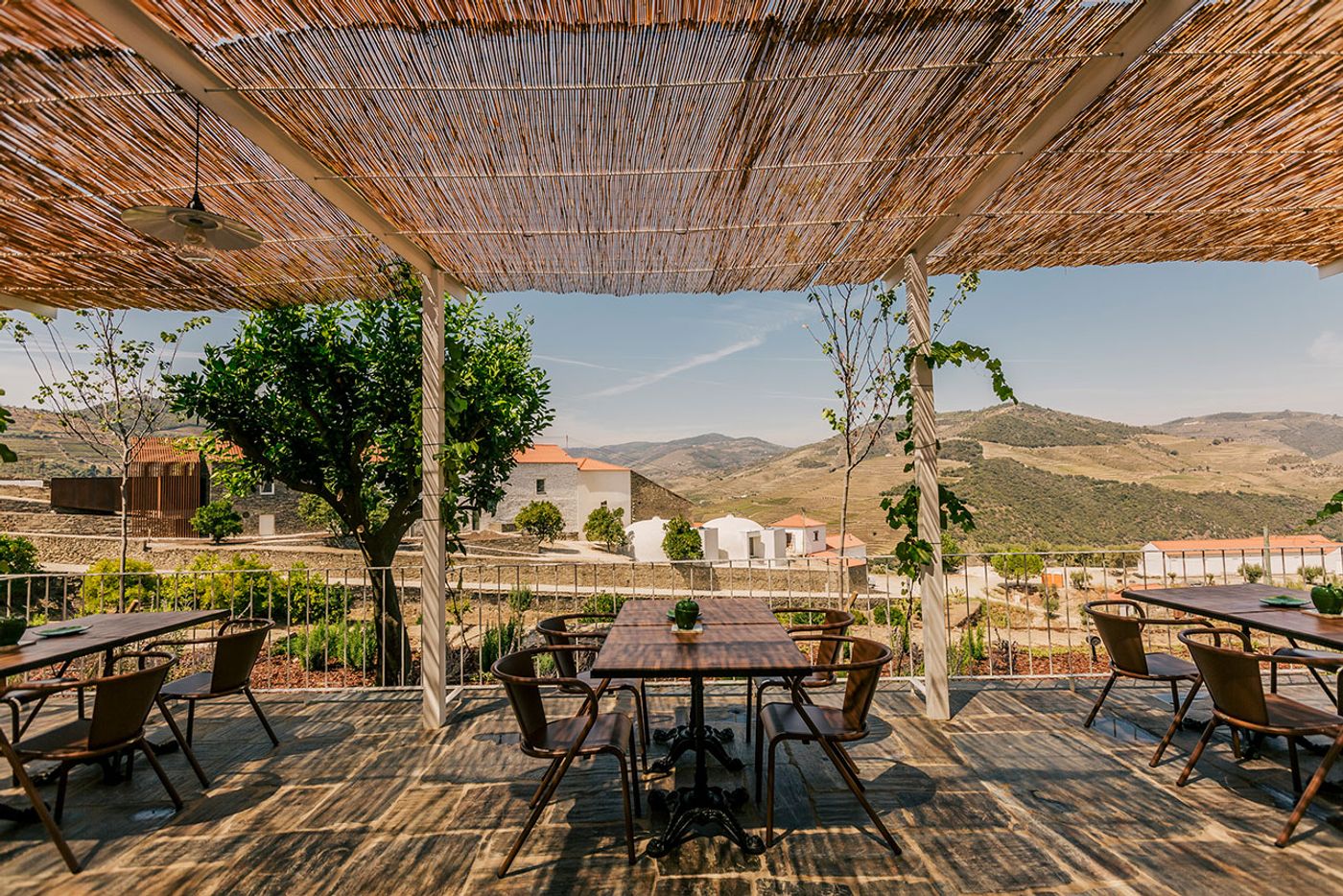
Photography © Ventozelo Hotel & Quinta
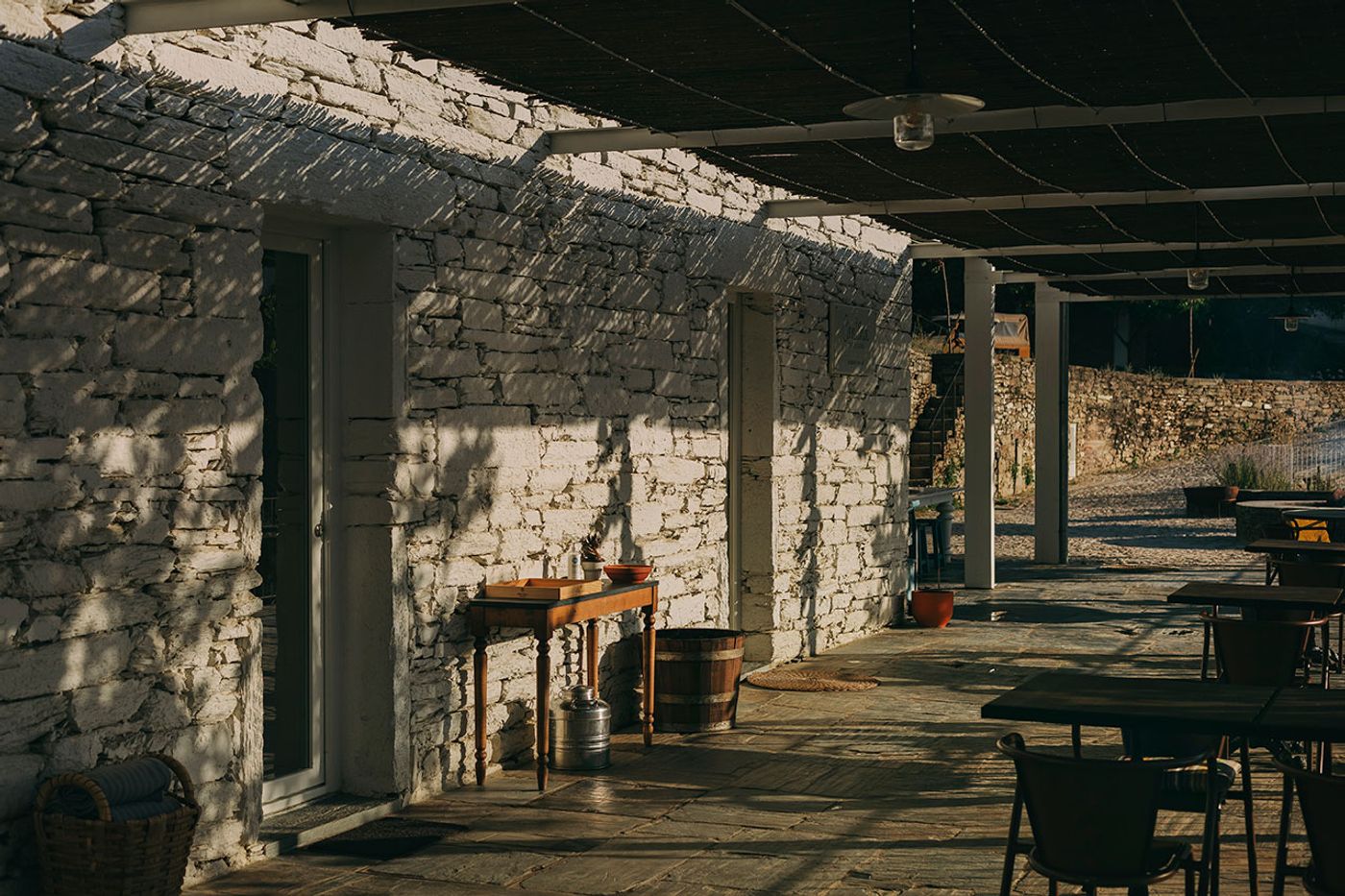
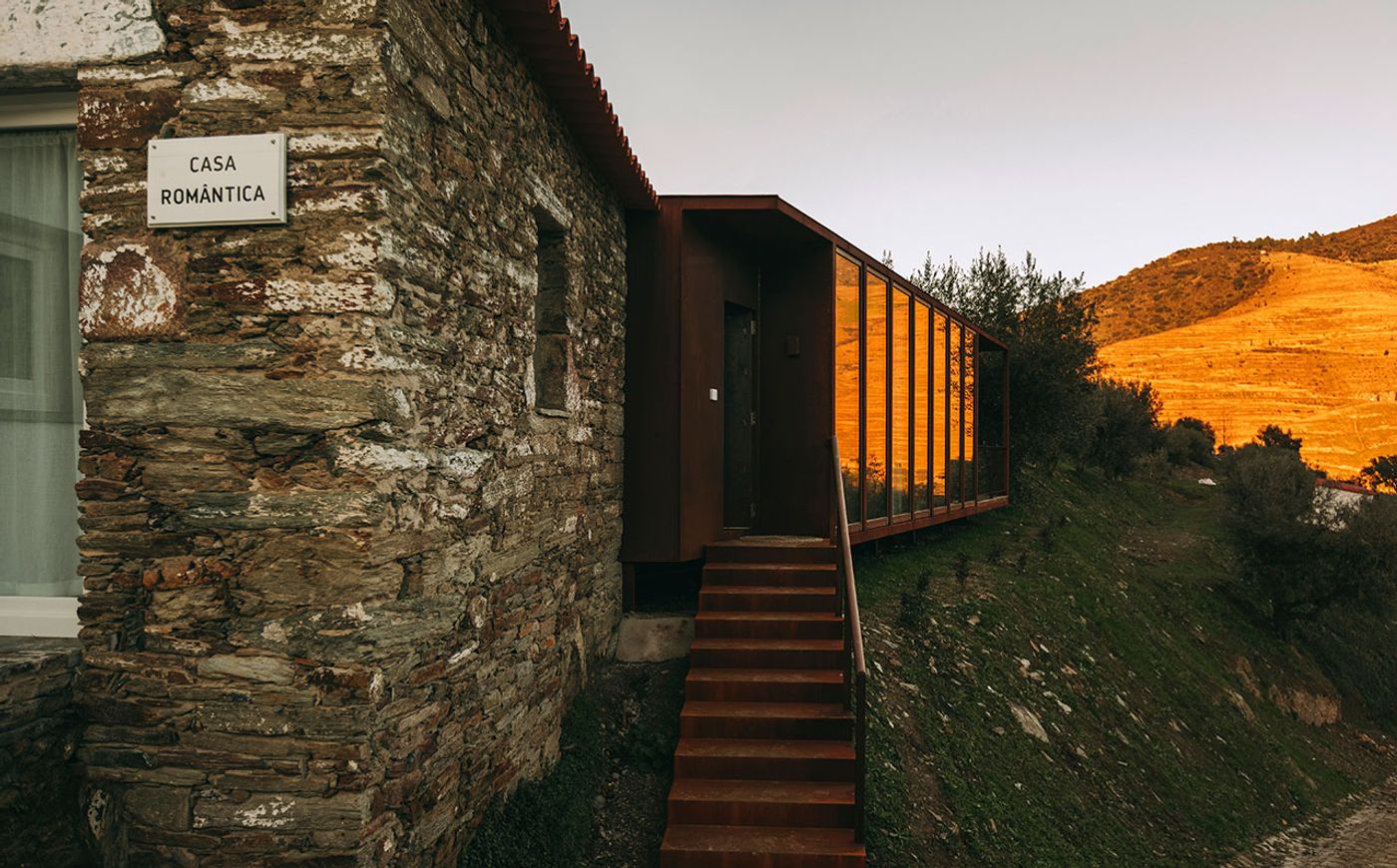
Photography © Ventozelo Hotel & Quinta

Photography © Ventozelo Hotel & Quinta
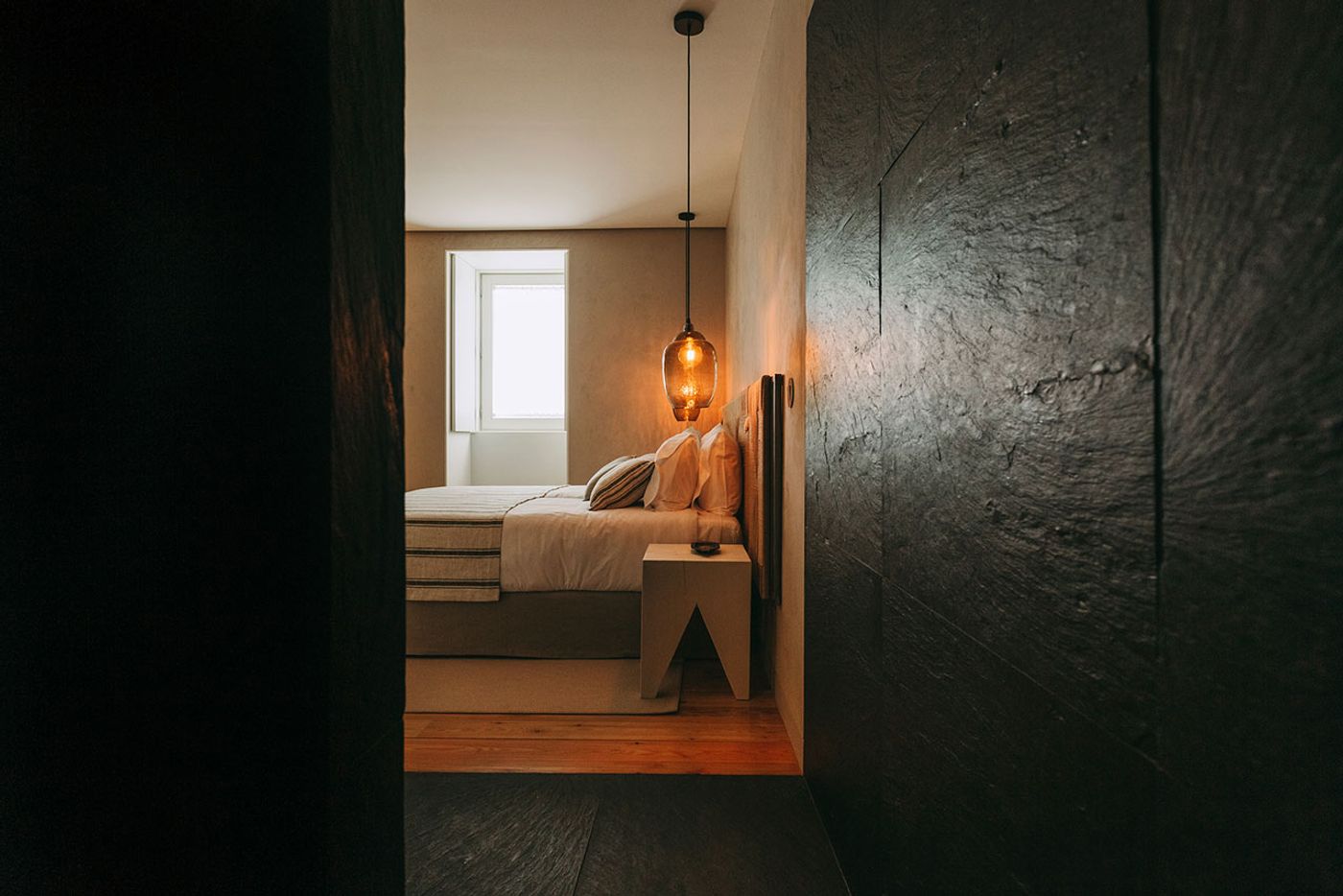
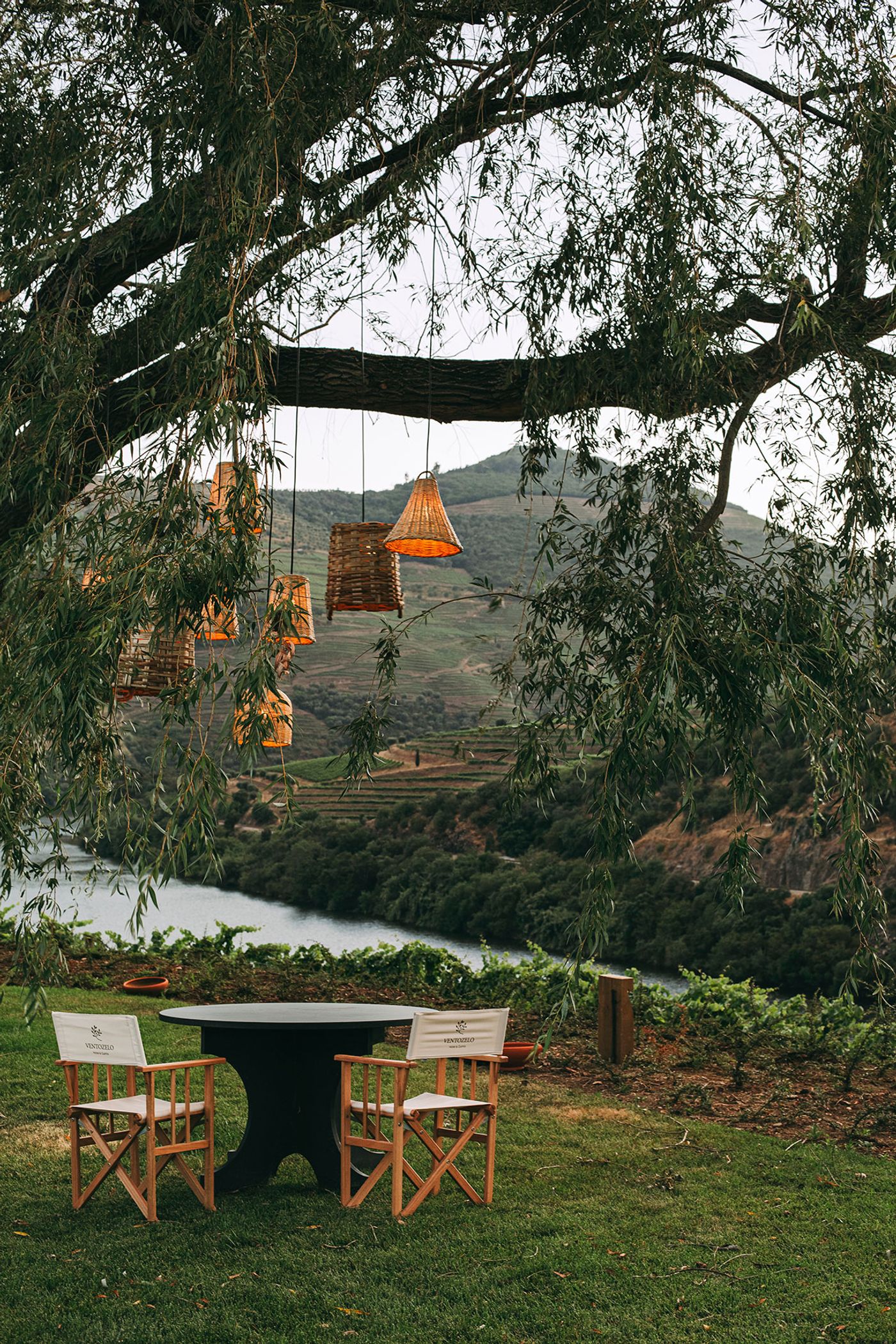
Photography © Ventozelo Hotel & Quinta
